Tours of Breakiron Engineering Building will be offered during the 125th anniversary of engineering celebration. See this issue’s special supplement for more details.
Tours of Breakiron Engineering Building will be offered during the 125th anniversary of engineering celebration. See this issue’s special supplement for more details.
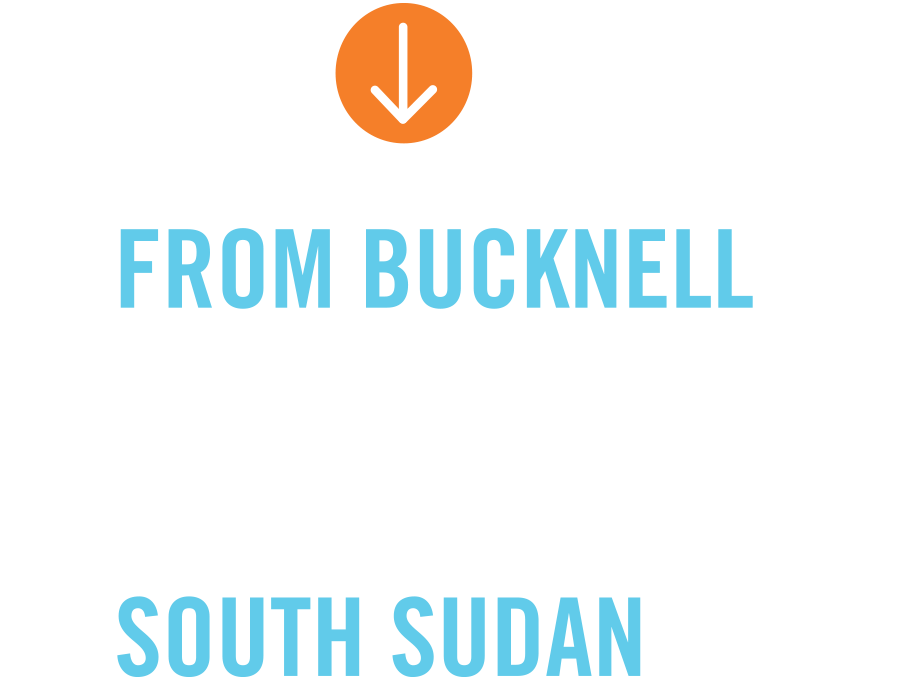
by Matt Hughes
South Sudan has a grip on Professor DeeAnn Reeder’s imagination that even conflict and heartbreak can’t shatter.
While on a humanitarian trip in the early aughts, the biologist glimpsed the incredible diversity of bats filling the country’s night skies, and knew instantly she had to return as a scientist. A leading authority on bats and mammals, Reeder began studying South Sudan’s biodiversity in 2008, and has kept coming back even as civil war has torn the country apart.
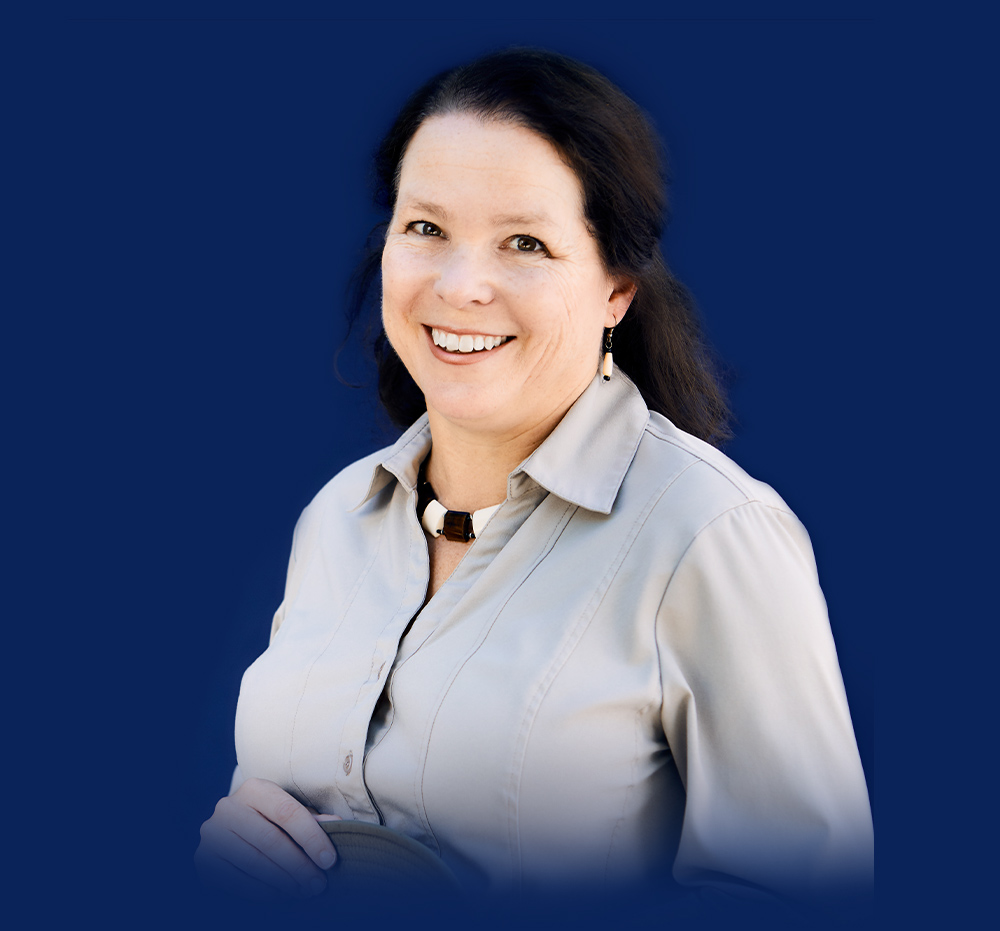

by Matt Hughes
South Sudan has a grip on Professor DeeAnn Reeder’s imagination that even conflict and heartbreak can’t shatter.
While on a humanitarian trip in the early aughts, the biologist glimpsed the incredible diversity of bats filling the country’s night skies, and knew instantly she had to return as a scientist. A leading authority on bats and mammals, Reeder began studying South Sudan’s biodiversity in 2008, and has kept coming back even as civil war has torn the country apart.

by SUSAN LINDT
Cristiane Maia ’13 was only 9 when her family relocated from Brazil to Long Island.
“All I knew about the U.S. was Disney,” she says.
So she’s more surprised than anyone to work at Industrial Light & Magic (ILM), the international visual effects company founded by George Lucas. In recent years she’s worked on Ready Player One, Deepwater Horizon and Rogue One: A Star Wars Story.


by SUSAN LINDT
Cristiane Maia ’13 was only 9 when her family relocated from Brazil to Long Island.
“All I knew about the U.S. was Disney,” she says.
So she’s more surprised than anyone to work at Industrial Light & Magic (ILM), the international visual effects company founded by George Lucas. In recent years she’s worked on Ready Player One, Deepwater Horizon and Rogue One: A Star Wars Story.
My mother, Claire Marshall McLean ’55, and father taught me that it’s a privilege to be an American and to live in America. It’s the responsibility of this great university to teach the youth that they will be in charge of the future, letting all achieve the dream.
Annapolis, Md.
Presidential Professor of Philosophy
I also noticed in the spring edition the numerous positive letters from readers about the redesign. That, too, was a testament to a great magazine.
Perrysburg, Ohio
I’m not sure how much harder it is today to achieve the American Dream. I don’t think it was easy for the Puritans to cross the Atlantic Ocean to rugged, undeveloped terrain. (And I don’t think it was easy for Native American people to receive them.) I don’t think it was easy for millions of black people, brought to America against their will and sold into slavery. I don’t think it was easy for immigrants who faced ethnic prejudice and discrimination when they joined the American melting pot. I don’t think it was easy for Americans during the Great Depression, facing widespread poverty and uncertainty. Nor do I think it was easy for Vietnam War draftees to take arms and lose their lives, without choice. I don’t think it has been easy for the millions of Americans who currently live in poverty or the millions of refugees who desperately pray for sanctuary in the U.S.
Each generation has faced adversity, if not insurmountable odds, against its chances of reaching the American Dream — that beautiful, ethereal belief that “I can be anything I set my mind to being.”
What I do know is that no one can achieve the American Dream alone. And, while I admire those able to achieve their dreams, I hold in highest regard those individuals who commit themselves to furthering the dreams of others. In my mind, it is family, mentors, teachers, providers and leaders — who give their time and resources to those in need — who truly keep the American Dream alive and well. Thanks to you, the dream will never die.
Greensburg, Pa.
A picnic and a pyramid at the Cowan retreat center capped a day of 1950s fun for Bucknell students.
Photograph by Norman Weber ’54.
Frank Davis ’82, P’13 (center) with wife Elena and son Michael ’13 at the dedication of Davis Hall, a building in the South Campus Apartments that was named to honor their $5 million gift. It supports diversity initiatives as well as the construction of Academic East and a new building for the Freeman College of Management.
Photo by Gordon Wenzel.

magazine
Volume 11, Issue 3
chief communications officer
Andy Hirsch
Editor
Sherri Kimmel
Design
Amy Wells
Associate Editor
Matt Hughes
Class Notes Editor
Heidi Hormel
Contributors
Mike Ferlazzo
Brad Tufts
Heather Johns
Emily Paine
Christina Masciere Wallace
Editorial Assistants
Shana Ebright
Kathryn Nicolai ’20
Julia Stevens ’20
Website
bucknell.edu/bmagazine
Contact
Email: bmagazine@bucknell.edu
Class Notes:
classnotes@bucknell.edu
Telephone: 570-577-3611
Bucknell Magazine
(ISSN 1044-7563), of which this is volume 11, number 3, is published in winter, spring, summer and fall by Bucknell University, One Dent Drive, Lewisburg, PA 17837. Periodicals Postage paid at Lewisburg, PA and additional mailing offices.
Permit No. 068-880.
Circulation
57,000
Postmaster
Send all address changes to:
Office of Records,
301 Market St., Suite 2
Bucknell University, Lewisburg, PA 17837
© 2018 Bucknell University
Please recycle after use.

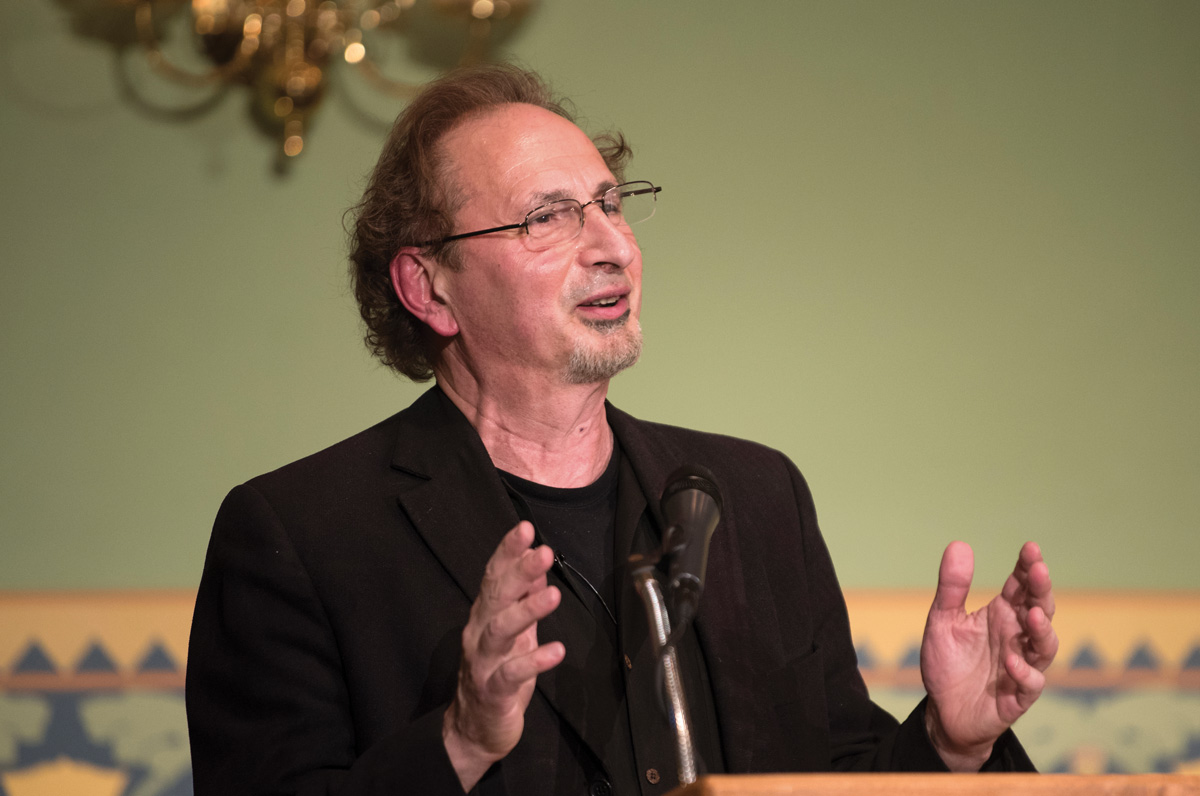
In presenting the award, President John Bravman noted that Balakian is the first Bucknell graduate to be named a Weis Fellow. The honor recognizes the highest level of achievement in the craft of writing within the realms of fiction, nonfiction or biography. Previous recipients include Edward Albee, David McCullough, Derek Walcott, Tom Wolfe, Salman Rushdie, John Updike and Toni Morrison.
The Weis Fellow honor is the latest of many for Balakian, winner of the 2016 Pulitzer Prize for Poetry. He also received the Service to Humanity Award from the University at Reunion this June. Balakian is the Donald M. and Constance H. Rebar Professor of the Humanities in the Department of English and director of creative writing at Colgate University.
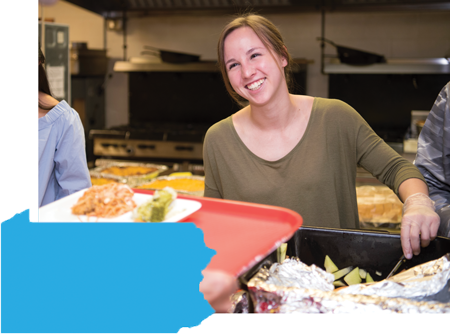

 Community Harvest, Milton, Pa.
Community Harvest, Milton, Pa.
When she began volunteering at Community Harvest, a hot-meals program run by Bucknell’s Office of Civic Engagement, Becca Mooney ’20 had a revelation. “I was always surrounded by people aged 18 to 24, and it was so nice to interact with older people and younger kids and get to know another side of the community.”
The biomedical engineering major from Nazareth, Pa., knew she wanted to do everything she could in college, coming to campus the summer before her first year to do biology research as a STEM Scholar and joining the Social Justice Residential College. For her Foundation Seminar volunteering requirement, she chose Community Harvest.
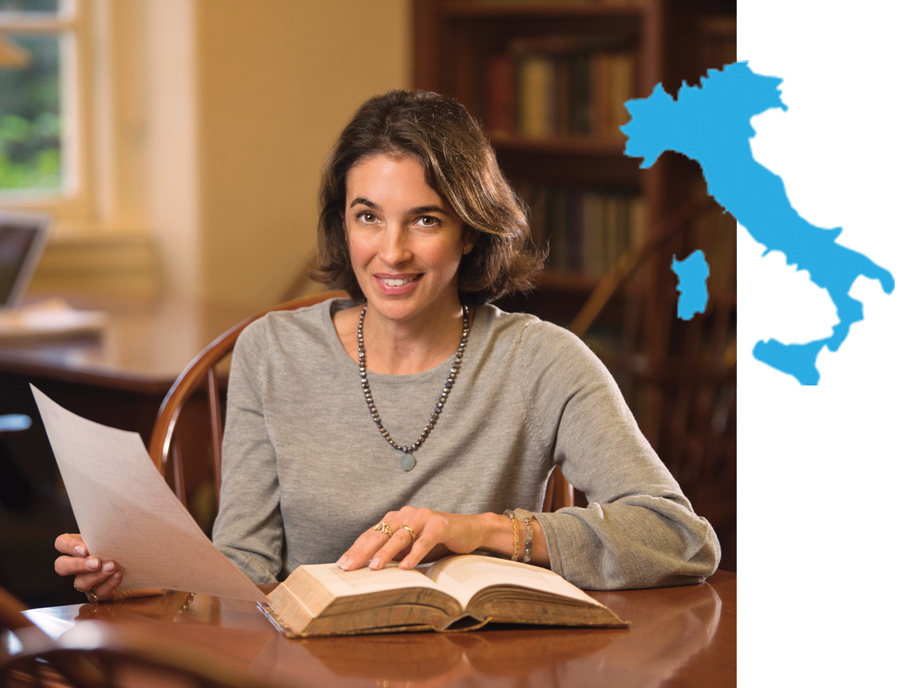

 National Central Library of Florence, Italy
National Central Library of Florence, Italy
Three summers ago, Italian studies professor Lisa Perrone visited the library to research Carlo Bellini, hired in 1779 by Thomas Jefferson to teach modern languages at The College of William & Mary, Perrone’s alma mater. Nothing surfaced for Bellini, but she found another thread that led straight to the third U.S. president.
Another friend of Jefferson’s, Filippo Mazzei, piqued her interest. A political philosopher, physician and Italian patriot of the American Revolution, his name frequently appeared in Jefferson’s and Bellini’s correspondence. A letter Mazzei had written offering health tips to an unknown recipient looked intriguing. As she transcribed it, one place name stood out: Monticello.
Pierce-Felker delivered his remarks May 20 to the 868 members of Bucknell’s Class of 2018 on Malesardi Quadrangle Sunday. Among them were the inaugural 137 graduates of the University’s new Freeman College of Management, which was elevated to a college in 2017.
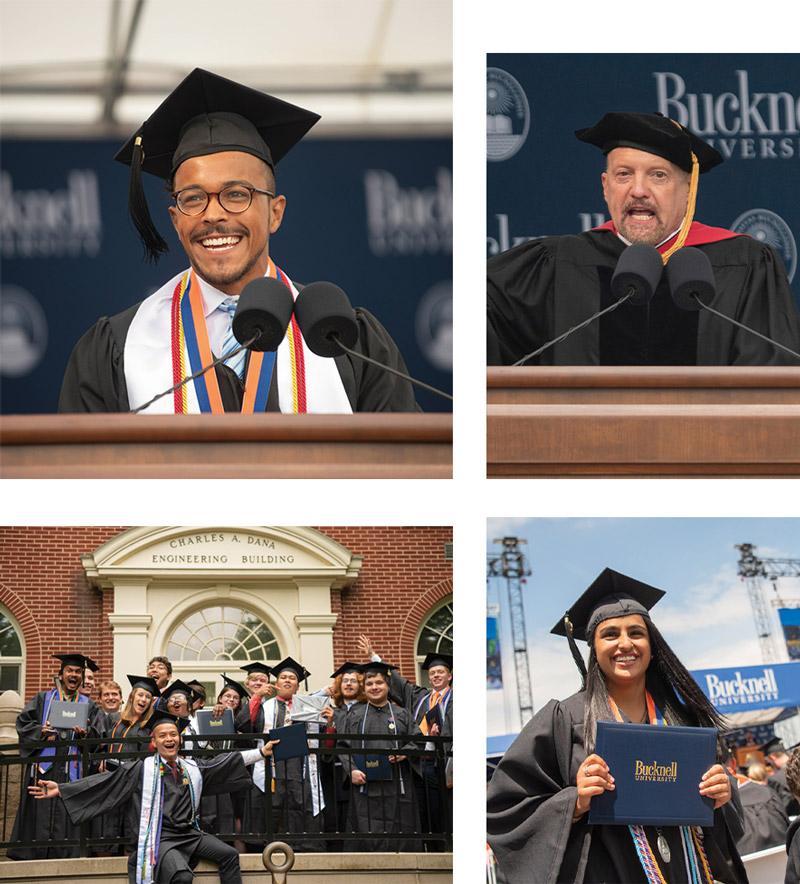
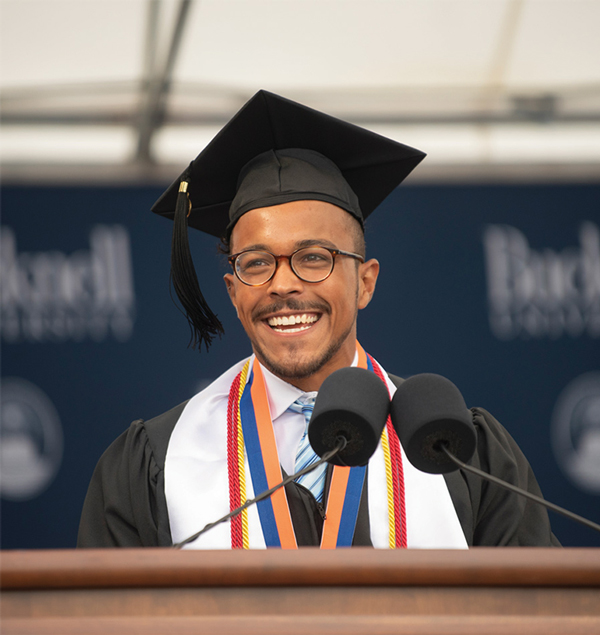
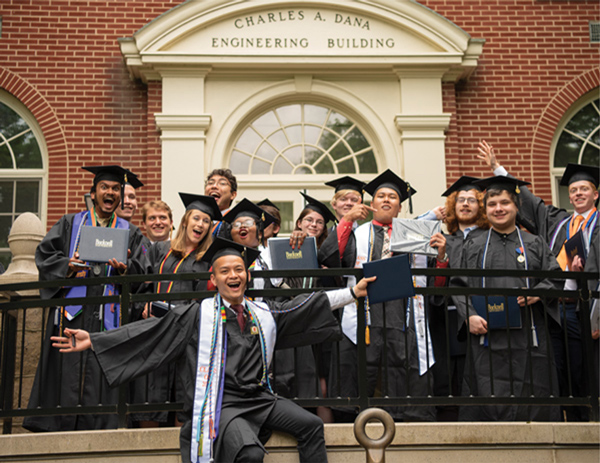
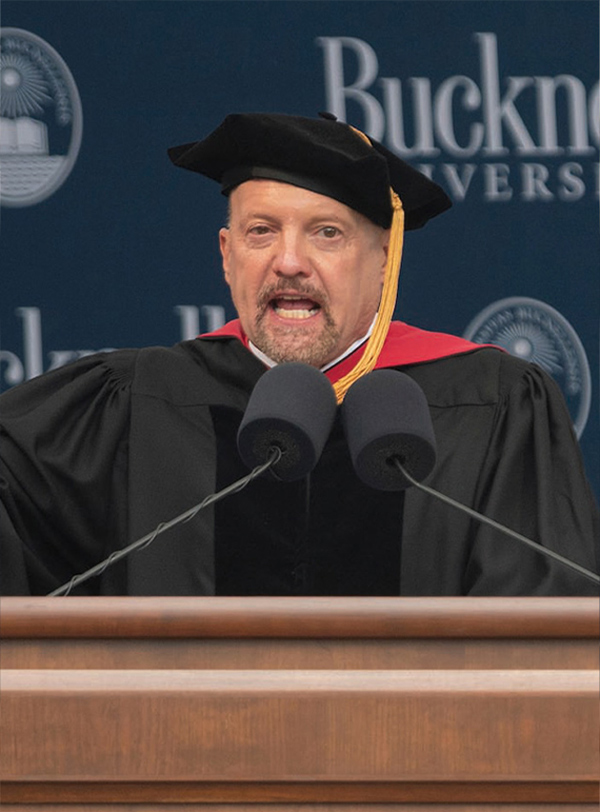
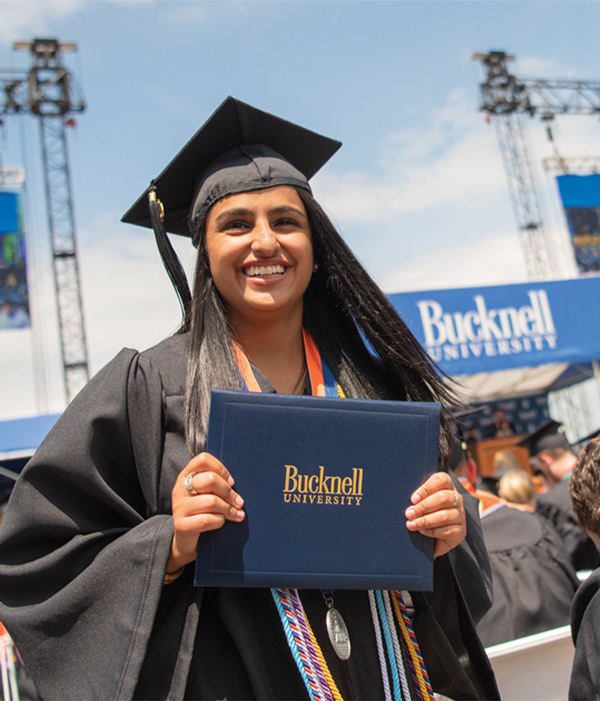
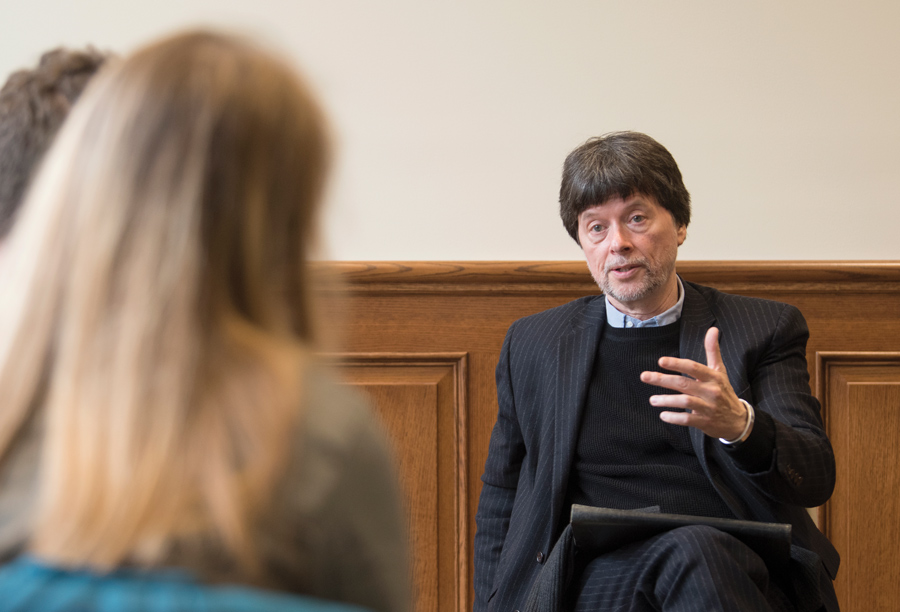
Before Ken Burns’ Bucknell Forum appearance April 9 — where he shared insights from his career chronicling the American experience, discussed the challenges of portraying a subject as multifaceted as war, and brought the crowd to its feet — the documentary filmmaker sat down with Bucknell Magazine to discuss his 10-part series, The Vietnam War, which aired on PBS stations last fall. Following are edited insights from that conversation.
On lessons from a gold-star mother
“We are all so dialectically preoccupied right now. Everything is red state or blue state, white or black, male or female, gay or straight. Whatever division we want to make, we’re certain to superimpose that over everything. And actually what a gold-star mother — and I hope the experiences of the soldiers, and of the people who were protesting — shows you, is that sometimes they cancel each other out. That it’s not really that dialectic. There’s something bigger.”
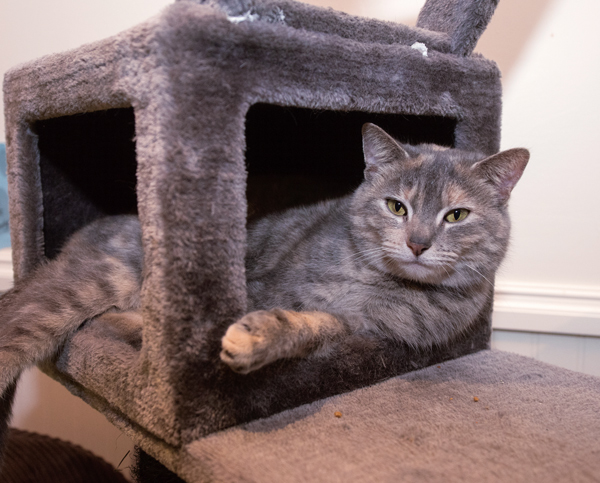

A café denizen hangs out.
Colleagues and neighbors, Kline and Brouse often shared stories of the kittens and cats they rescued. Brouse kept hearing about cat cafés in major cities and mentioned it to Kline, thinking they’d laugh it off, but Kline had recently started her own nonprofit, Cherished Cats Rescue Alliance, and saw it as a great adoption platform.
“The Board of Trustees unanimously believes that, under John’s continued leadership, Bucknell will capitalize on its forward momentum and advance its position as one of the nation’s premier institutions of higher education under his direction,” said board chair Ken Freeman ’72.
The meeting marked the last for Freeman, who will step down from the board in June following 17 years of service, including nine as board chair. During their eight years together, Freeman and Bravman have led Bucknell through a number of historic accomplishments, including the completion of the $513 million WE DO Campaign, the establishment of the Freeman College of Management and a number of significant construction and renovation projects designed to strengthen Bucknell’s residential education.
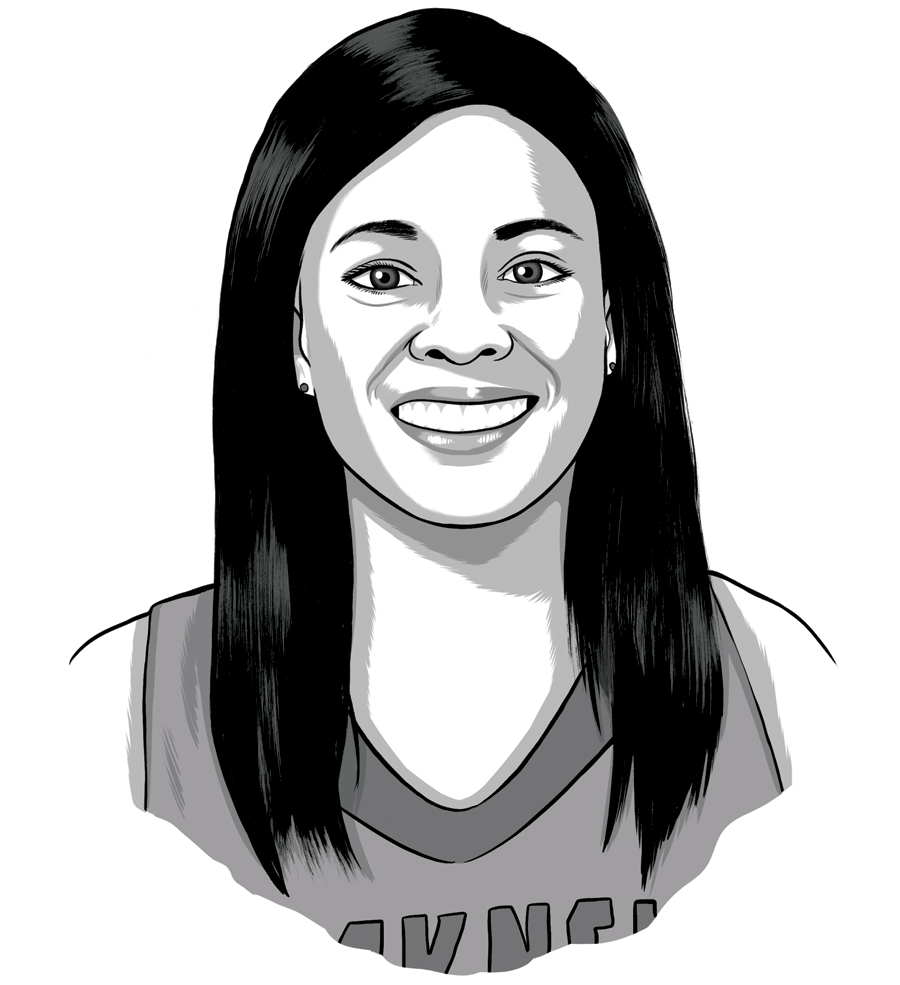
women’s basketball standout
from East Orange, N.J.

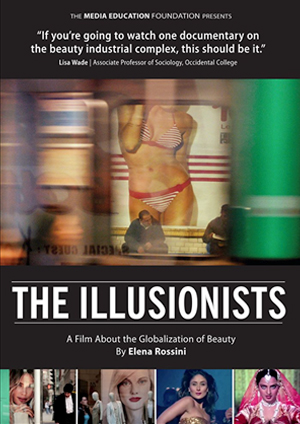
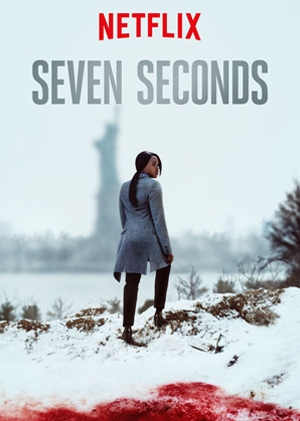


women’s basketball standout
from East Orange, N.J.



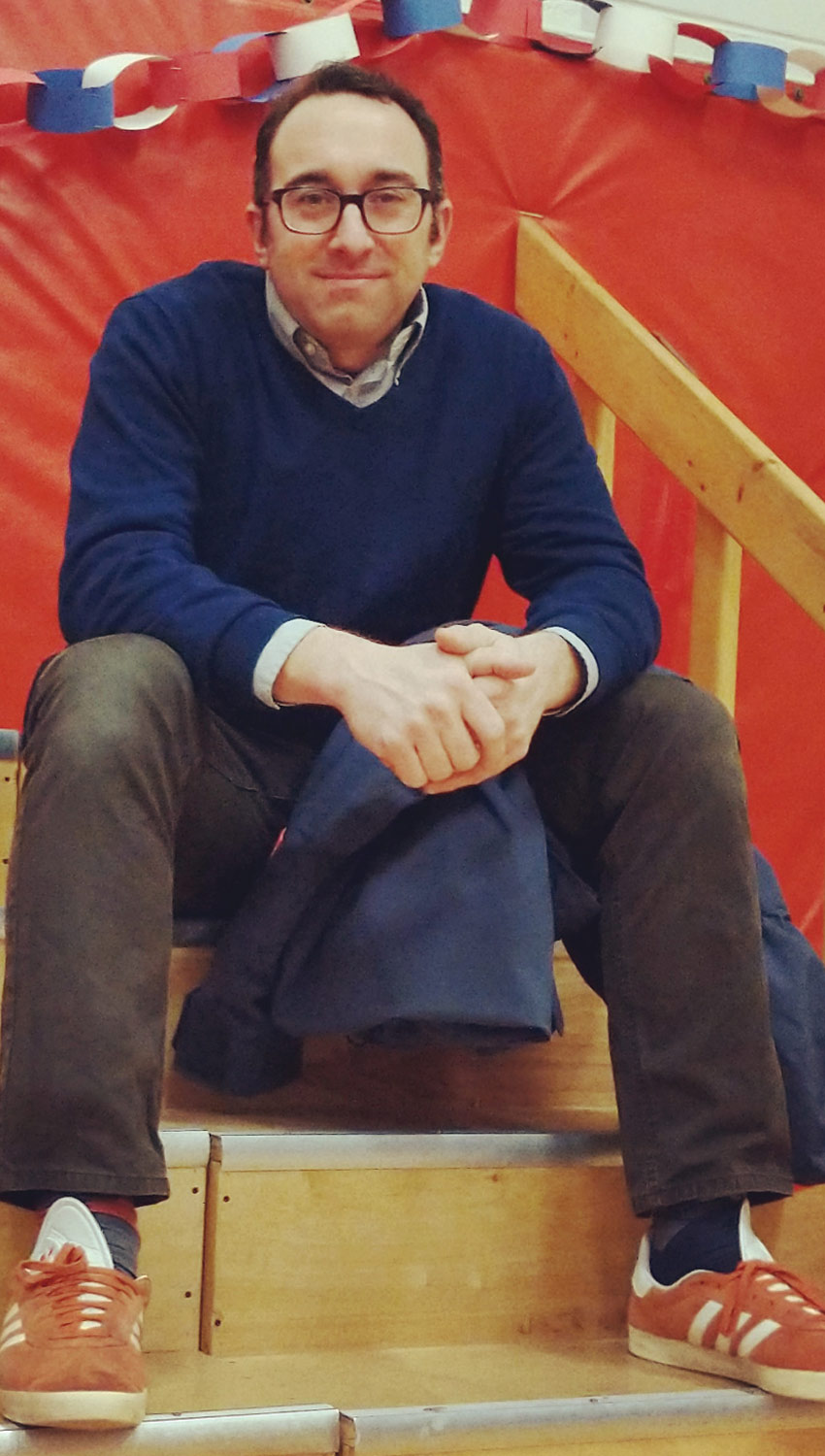




Geomorphology
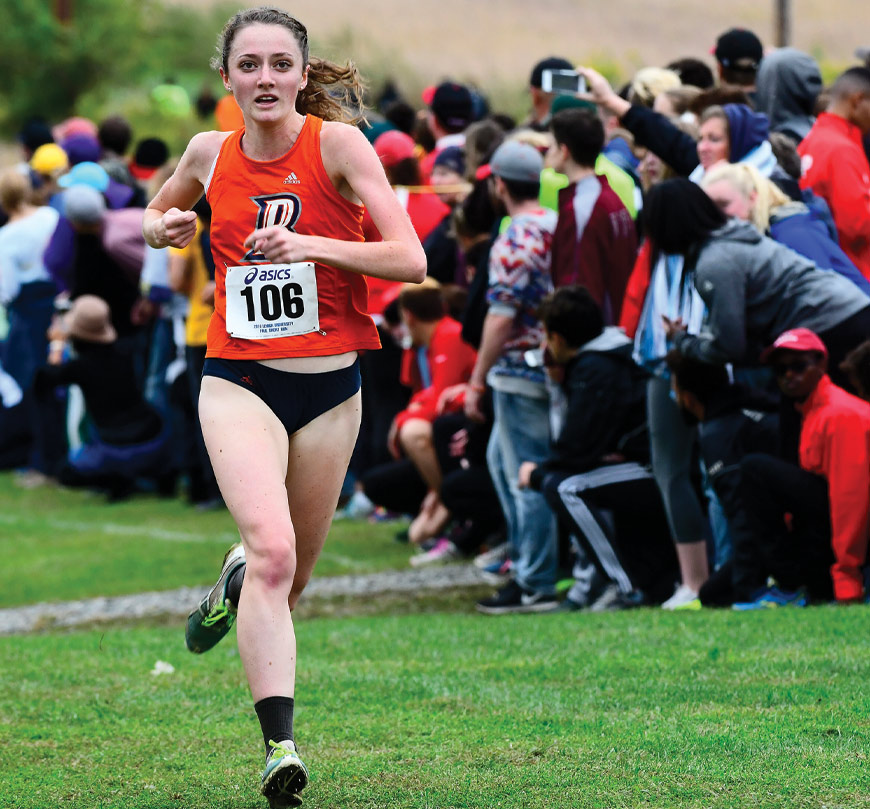

Bucknell distance runner Colleen Buckley ’19 is approaching a future career with animals as fast as she does the finish line at her track & field and cross-country meets.
Since childhood, Buckley has dreamed of becoming a veterinarian. This made Bucknell and its distinctive Animal Behavior Program an attractive choice.
“At a lot of schools you can only take biology, but I wanted something that would get me in with animals in my undergrad,” says Buckley, of River Edge, N.J.
Buckley splits her time between running and working hands-on with animals as a research assistant at the primate lab. She also studies the impulsivity of dogs belonging to Lewisburg residents and Bucknell professors for her Research Methods in Learning course.

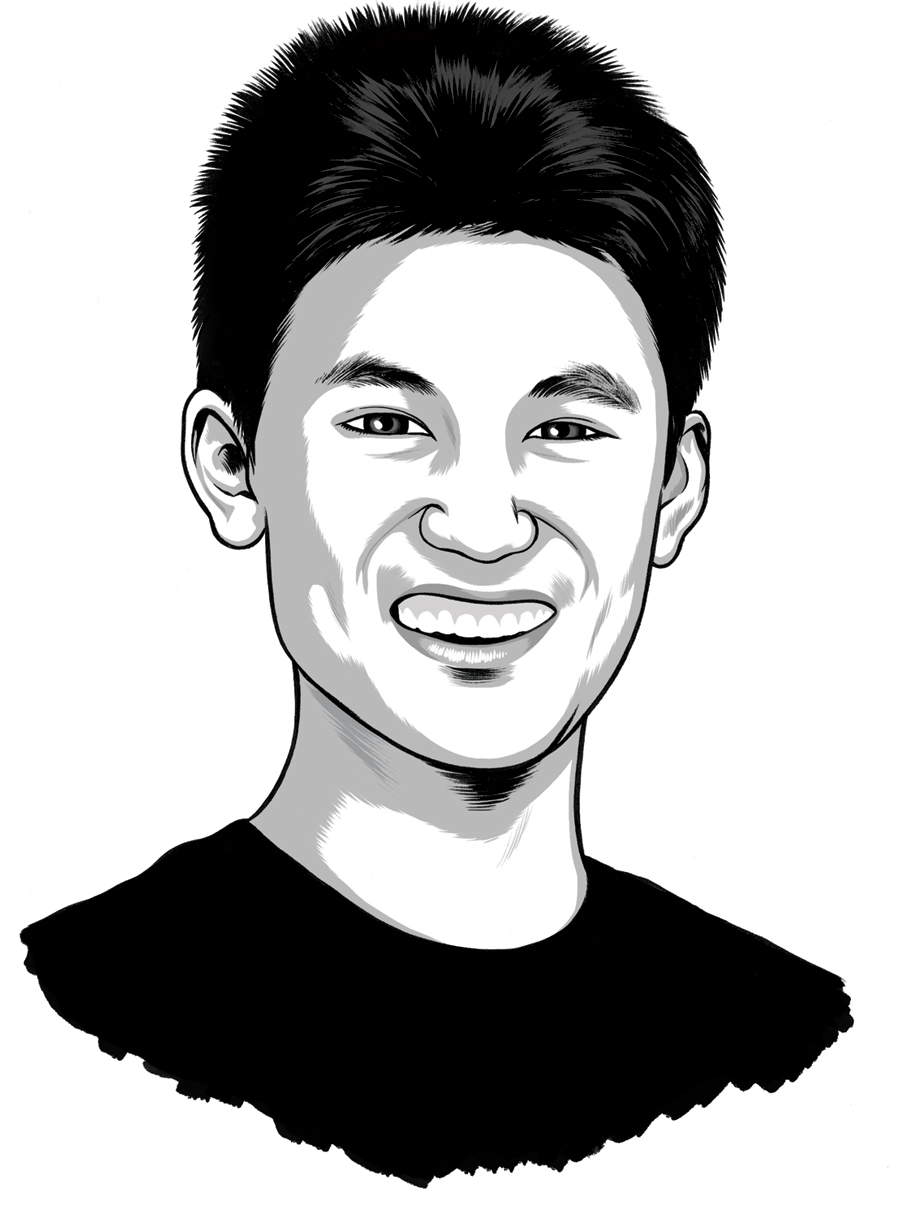
 Back home in China, where the sport is more popular and competitive than in the U.S., Yubo Du ’21 was the captain of his high school’s badminton team. Upon arriving at Bucknell he joined an informal group of badminton players from around the world, who this summer took their play to the next level by becoming an official student club. He offers tips for getting into this rapid-fire, acrobatic sport.
Back home in China, where the sport is more popular and competitive than in the U.S., Yubo Du ’21 was the captain of his high school’s badminton team. Upon arriving at Bucknell he joined an informal group of badminton players from around the world, who this summer took their play to the next level by becoming an official student club. He offers tips for getting into this rapid-fire, acrobatic sport.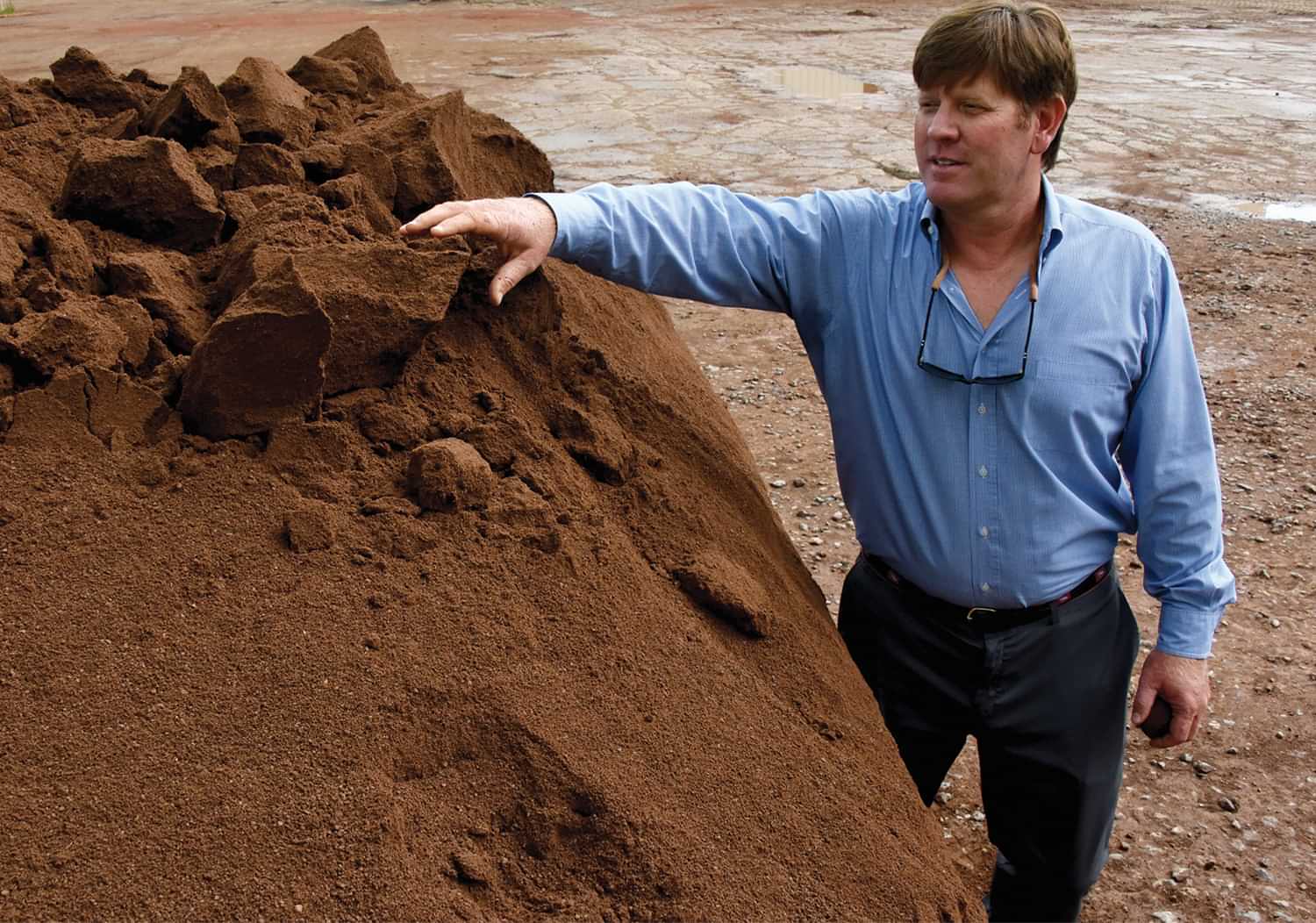

t was Game Five of the 2008 World Series, and the rain was coming down hard. The Philadelphia Phillies led 2-1 in the top of the sixth inning, but B.J. Upton of the Tampa Bay Rays stood on first base, representing the tying run. It seemed inevitable that the game would be suspended soon due to weather, yet somehow the infield was still playable. As Cole Hamels wound up to pitch, Upton took off on the base path, sprinting into the driving rain. He executed a perfect slide, finding no muddy resistance in the infield dirt despite the wet conditions. Upton beat the Phillies catcher’s throw to complete a successful steal of second base and put himself in position to score the crucial tying run.
“It was at that point I knew that we had something special,” says Grant McKnight ’94, founder of DuraEdge Products, who had engineered the infield at Philadelphia’s Citizens Bank Park, his first Major League Baseball client.




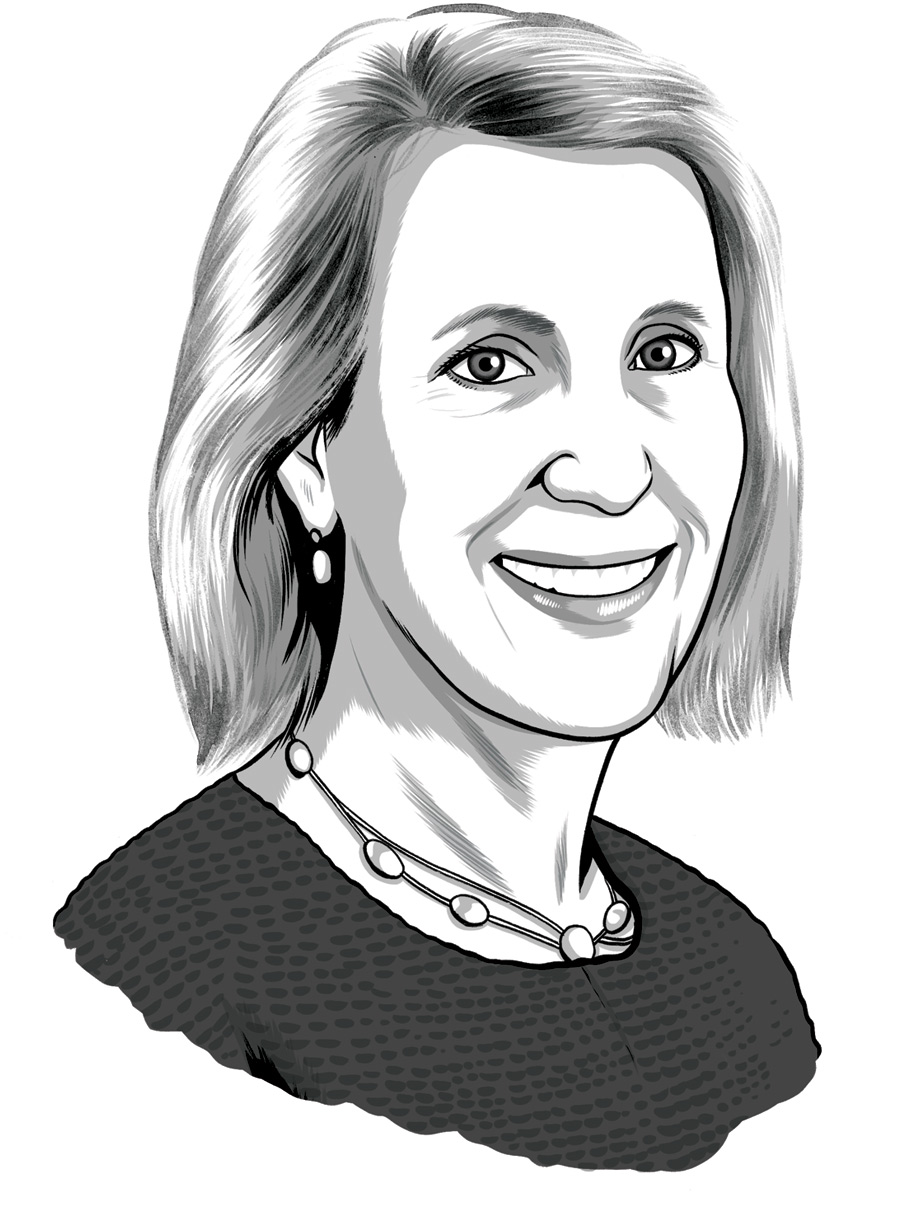

And what a time it was
It was a time of innocence
A time of confidences
Long ago, it must be
I have a photograph
Preserve your memories
They’re all that’s left you
— Bookends by Simon and Garfunkel

And what a time it was
It was a time of innocence
A time of confidences
Long ago, it must be
I have a photograph
Preserve your memories
They’re all that’s left you
— Bookends by Simon and Garfunkel
or some people today, the 1950s conjures images of small-town parades with marching bands led by high-stepping majorettes wearing tall white hats and fringed costumes. Boys in rolled-up jeans cruised the Dairy Queen in long-finned cars alongside girls with perky ponytails, poodle skirts and saddle shoes. Small children — neighbors — walked a half-mile, unsupervised, from what we now call mid-century modern homes to the downtown theatre where a triple feature of Three Stooges could be had for the Saturday-matinee price of 10 cents. In the small towns of America, everybody knew everybody — and everybody’s business.
I grew up in just such a town in the Midwest, but I’d wager life in 1950s Lewisburg was much the same. But in Lewisburg there was Bucknell — arrayed on an idyllic hill topped with red-brick Georgian architecture, a place where brothers didn’t watch TV at the fraternity house, because televisions were a rarity. Instead, they talked, laughed and sang long into the night. Their interactions with women were limited by curfews (for the women) and other rules. Homecoming was formal yet festive, and the marching band was a brash, vigorous presence on campus. How do we know this? Well, as the saying goes, a picture is worth a thousand words. And do we ever have pictures — 100 of them. But first, how did we get those photographs?
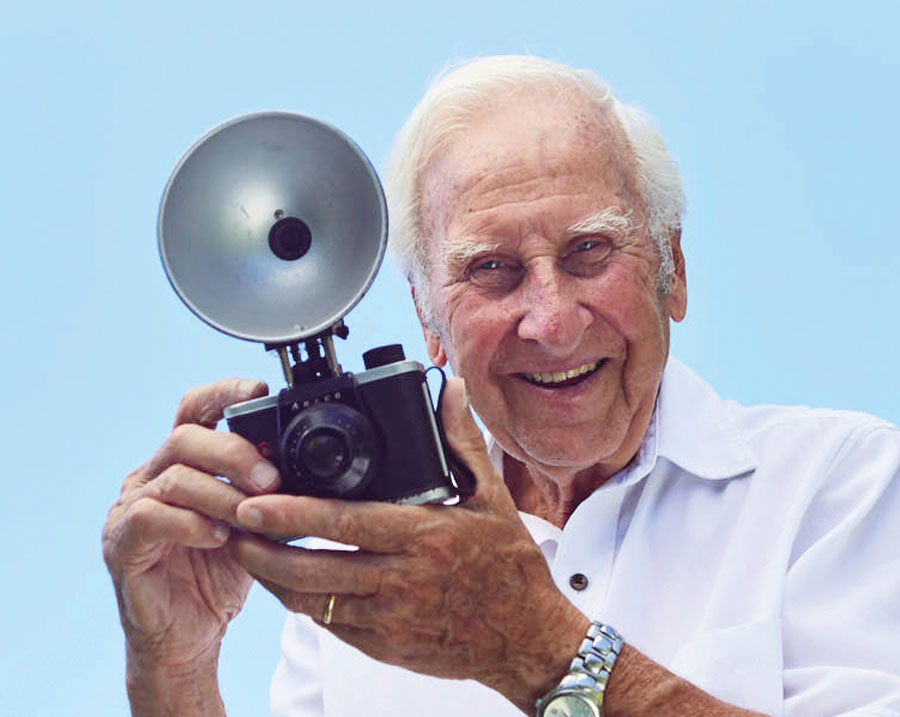
When Norman Weber ’54 made the journey from Maplewood, N.J., to Lewisburg in 1950, he brought along his love of photography as well as a desire to excel in his major, commerce and finance. But his first room assignment seemed destined to doom his study plans. How could one concentrate in a room occupied by 30 to 40 other first-year men?
What was then known as Steel Dorm — now the site of the Animal Behavior Lab on the west side of Route 15 — was a 40 foot by 100 foot steel building provided by the federal Public Works Administration in 1947.
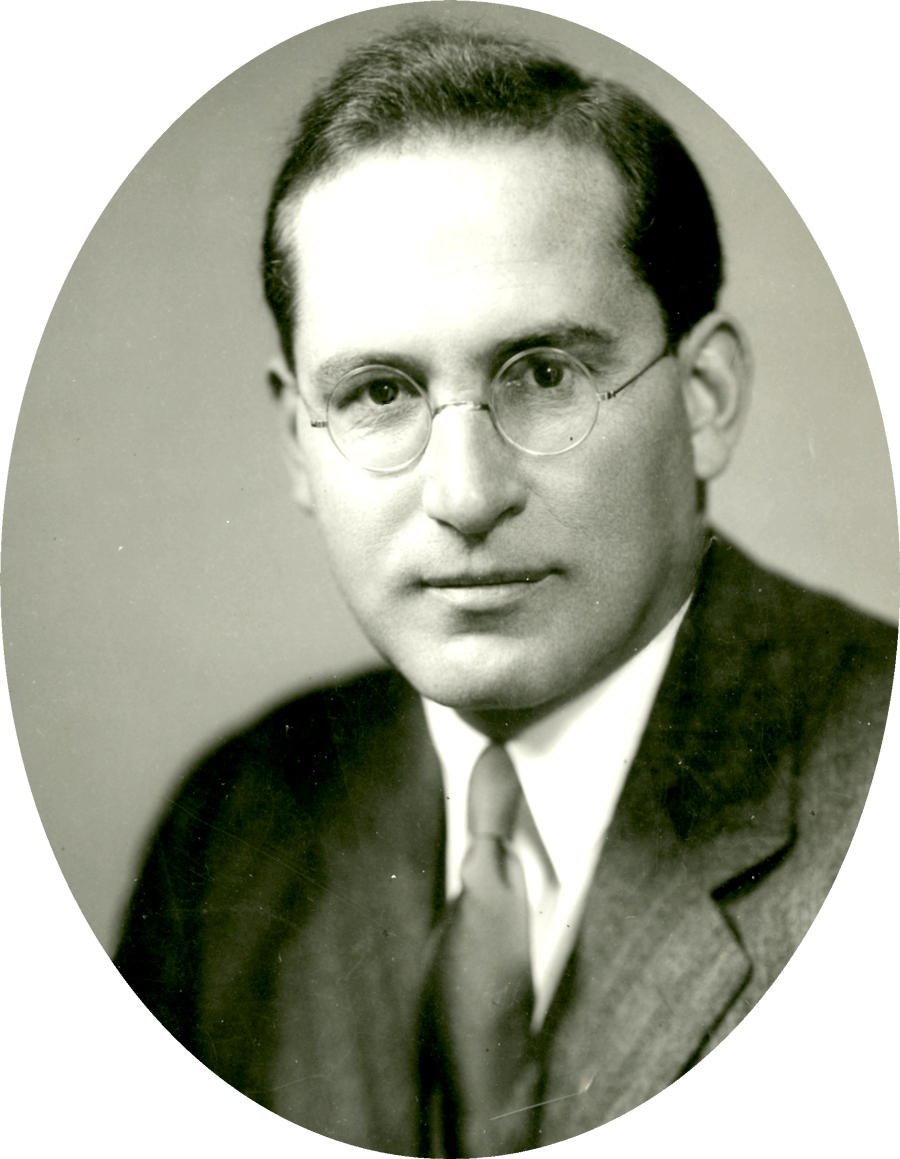
- Above: President Horace A. Hildreth (1949-1953)
- Succeeded by Joseph Welles Henderson (interim president 1953-1954)
- Succeeded by Merle Middleton Odgers (1954-1964)
Celebrated as a way for fathers of undergrads to “get on the inside of The Bucknell Way of Life,” according to Bucknell Alumnus. President Hildreth told a 1950 Dad’s Day audience: “I want to state for all the young men and women who come to our campus the emphasis will be on opportunity not security.”
This three-day spring celebration had the theme Sidewalks of New York in 1951. An annual highlight: The previous year’s May Queen crowned her successor.
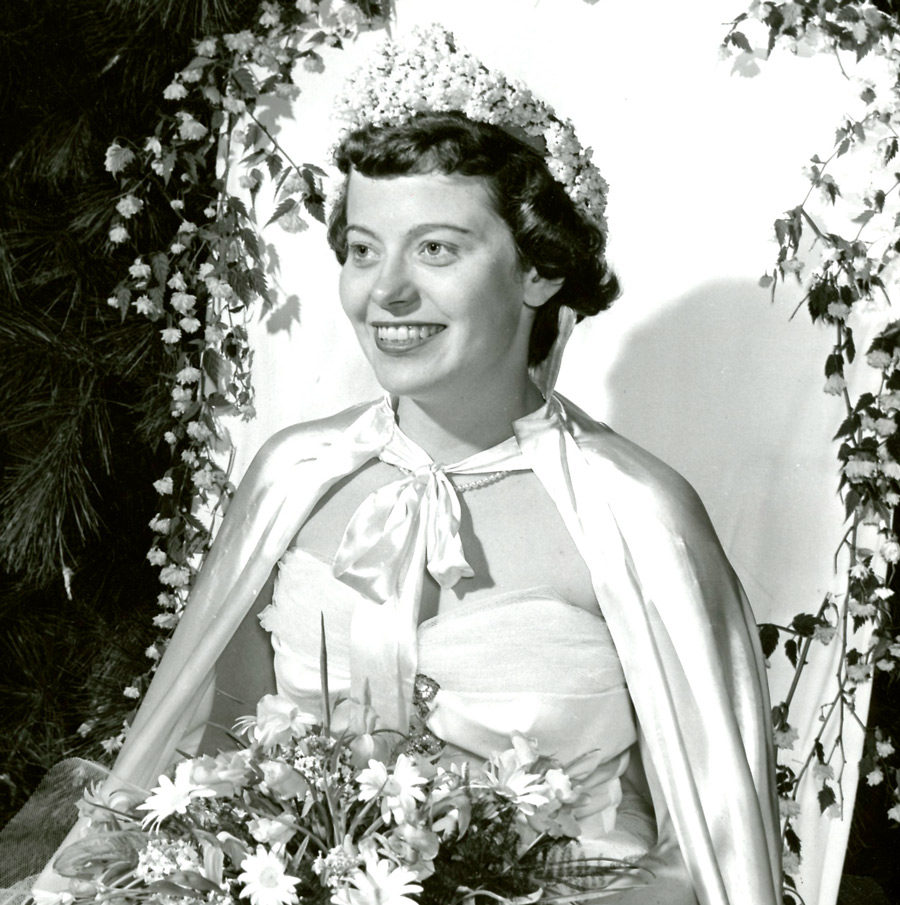
In 1953, Art Kinney ’56 won after receiving the most change, $113.20, dropped into his milk bottle. The money went toward the Mortar Board Student Aid Fund for students in financial need.
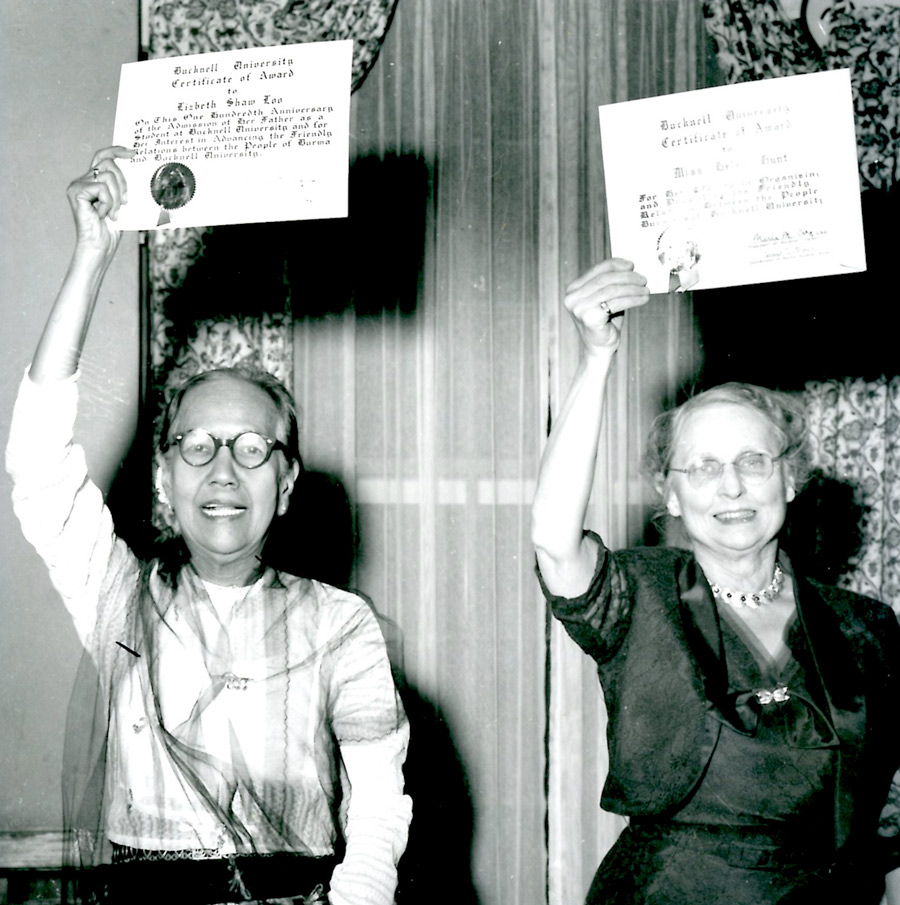
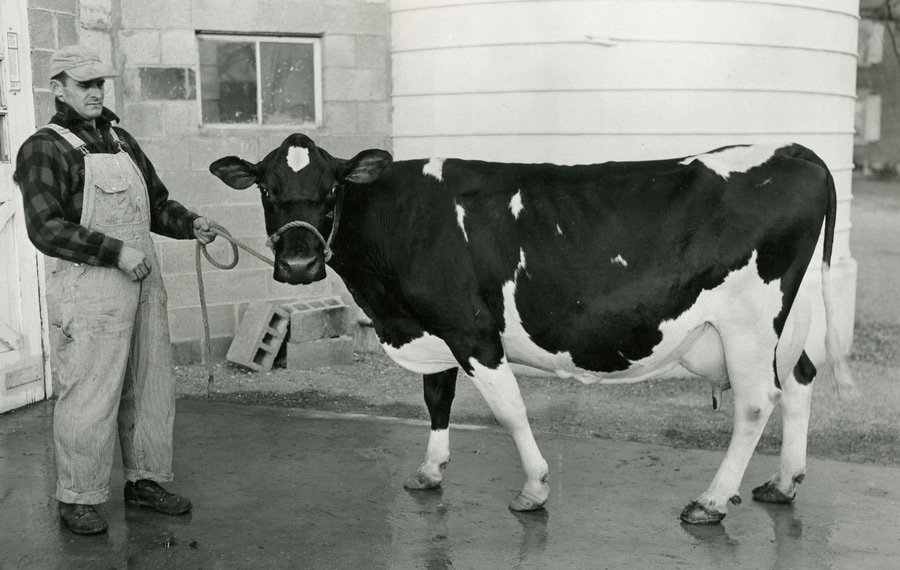
Costs: Tuition: $500; room and board for men: $1,010-$1,240; women: $1,133
1952
Student body: graduating seniors: 452 total students — 302 men, 150 “girls.” Most popular majors: 113 commerce and finance, 75 engineering, 44 education, 42 biology
1952
Homecoming: A record 11,000 people attended

- Above: President Horace A. Hildreth (1949-1953)
- Succeeded by Joseph Welles Henderson (interim president 1953-1954)
- Succeeded by Merle Middleton Odgers (1954-1964)
Celebrated as a way for fathers of undergrads to “get on the inside of The Bucknell Way of Life,” according to Bucknell Alumnus. President Hildreth told a 1950 Dad’s Day audience: “I want to state for all the young men and women who come to our campus the emphasis will be on opportunity not security.”
May Day
This three-day spring celebration had the theme Sidewalks of New York in 1951. An annual highlight: The previous year’s May Queen crowned her successor.

In 1953, Art Kinney ’56 won after receiving the most change, $113.20, dropped into his milk bottle. The money went toward the Mortar Board Student Aid Fund for students in financial need.


Costs: Tuition: $500; room and board for men: $1,010-$1,240; women: $1,133
1952
Student body: graduating seniors: 452 total students — 302 men, 150 “girls.” Most popular majors: 113 commerce and finance, 75 engineering, 44 education, 42 biology
1952
Homecoming: A record 11,000 people attended
Today Smayda spends her time teaching and weaving. Here she fashions a piece on the loom in the silo of her weaving school, which has 40 floor looms.
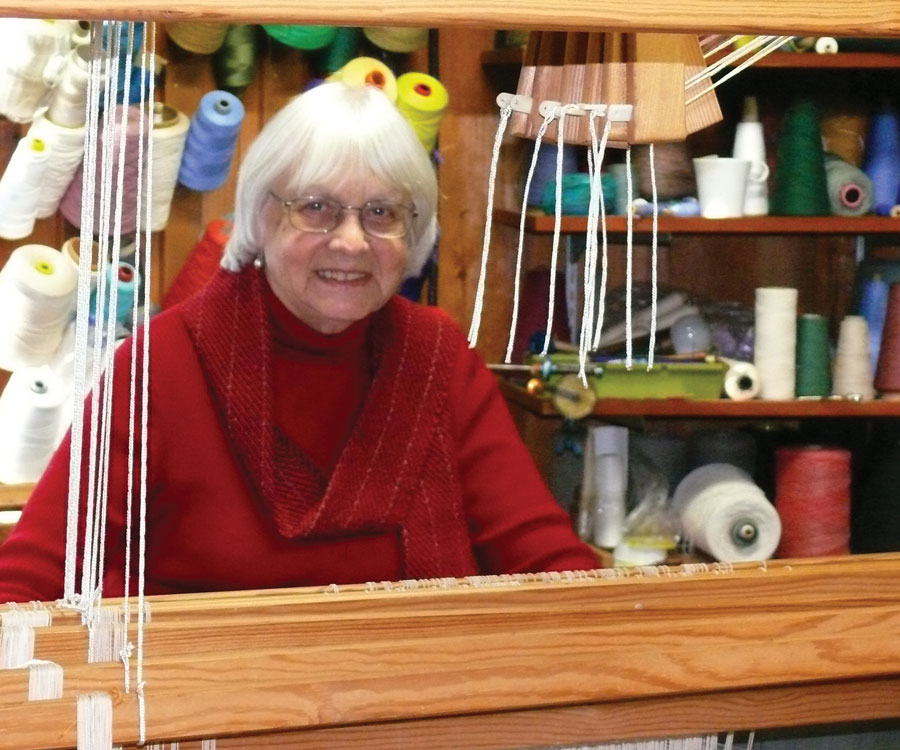
Today Smayda spends her time teaching and weaving. Here she fashions a piece on the loom in the silo of her weaving school, which has 40 floor looms.

Norma Skow Smayda ’55 is pictured here with Fuller Stanton Blunt ’55, her date to the Homecoming dance. Smayda graduated from Bucknell with a bachelor’s degree in biochemistry, but her second career took her from science into the arts and crafts. While living in Norway with her first husband in the late 1960s, Smayda saw a flyer for a local weaving school. She became fascinated with the craft and learned all she could while in Norway. Smayda returned to the United States and pursued an MFA in visual design at the University of Massachusetts-Dartmouth. In 1974, she established the Saunderstown Weaving School in Rhode Island, where she teaches beginning and advanced weavers. In 1982 she married Andrew Staley, who helped her develop the school into the unique place it has become.


The current craft-beer renaissance is the most recent step in a long recovery from the effects of Prohibition, which left only 331 breweries on its repeal in 1933, compared to 669 when it was enacted in 1920. In the 1940s and ’50s, most surviving breweries followed the market trend that called for beer with an American identity. This led to the dominance of one style of beer — the yellow, fizzy liquid now referred to as American adjunct lager, typified by Budweiser and Miller — and a market consolidation that dropped the number of breweries below 100 in the late 1970s.
photographs by James Kegley
f you run into Bill McShea ’77, P’09 at a cocktail party, ask him about the star-nosed mole. Ask him about the golden takin, a powerful moose-sized goat native to southern China. Ask him about the sun bear, a resourceful ursid from Southeast Asia that uses massive claws to shinny up trees to get at the fruit they love. Just don’t ask him about the giant panda. “As soon as you tell someone you work with giant pandas, they say, ‘That’s fantastic! I wish I could do that,’ ” McShea says with a deep sigh. “They say, ‘Oh, it’s so cute!’ ”
It’s not that McShea doesn’t like pandas — as a wildlife ecologist at the Smithsonian’s Conservation Biology Institute it’s his job to study wild pandas to aid the bears’ keepers at the National Zoo in Washington, D.C — he just doesn’t understand what all the fuss is about. In a TEDx Talk McShea gave in 2014, titled “A Sickness Called Panda Love,” he turned Yogi on his head, describing the species as just an “average bear.” After all, pandas spend almost all of their waking hours sitting around eating bamboo, a plant so ill-suited to their digestive systems that they have to eat 20 to 40 pounds of it a day to get the nutrition they need.


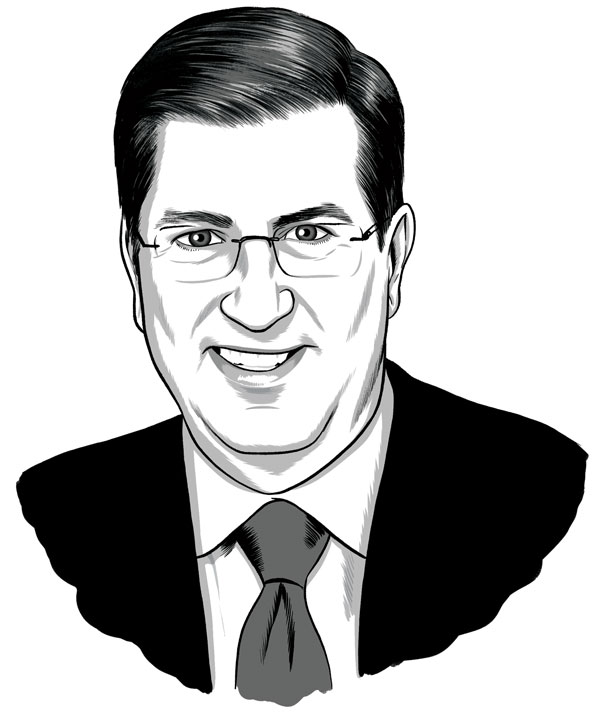
Yet after all of the names are called, speeches delivered and mortarboards tossed to the sky, I see the joy and optimism in our newest graduates’ faces, and I am reminded of why one dedicates his or her life to academia: faith in our future — faith in our students, for whom, ultimately, Bucknell exists.


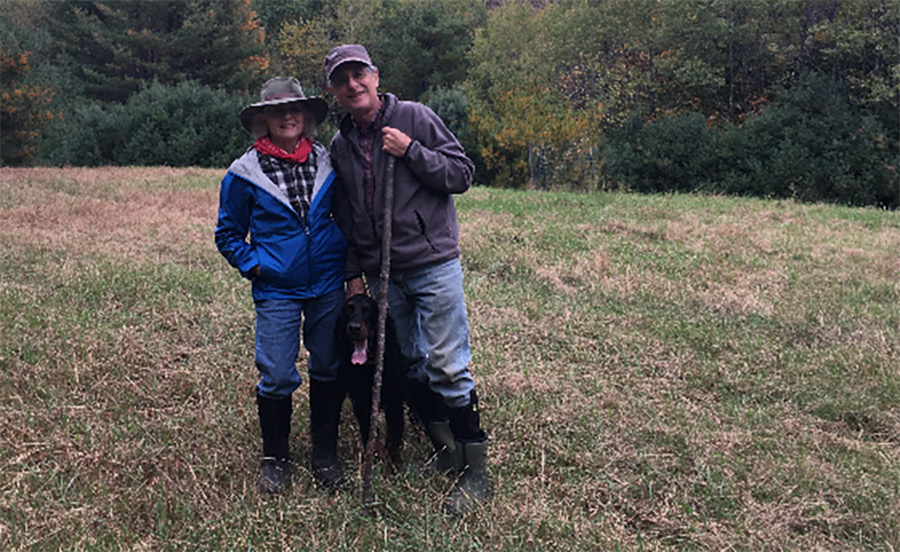
The couple later discovered the property was adjacent to nearly 2,000 conserved acres, which support needed wildlife corridors and also contain the increasingly rare vernal (seasonal) pools where amphibians breed.
In the late ’50s, a woman didn’t automatically think of working after college. Most expected to get married and raise a family. I applied for a job with the CIA so I could travel the world, but I quickly found that it took six months for them to do a background check on me, so off I went to work in Philadelphia. Unbeknownst to me, my parents were selling my childhood home and moving to Florida, 1,100 miles from me. Yikes! I wasn’t ready for that, and I left for Florida.
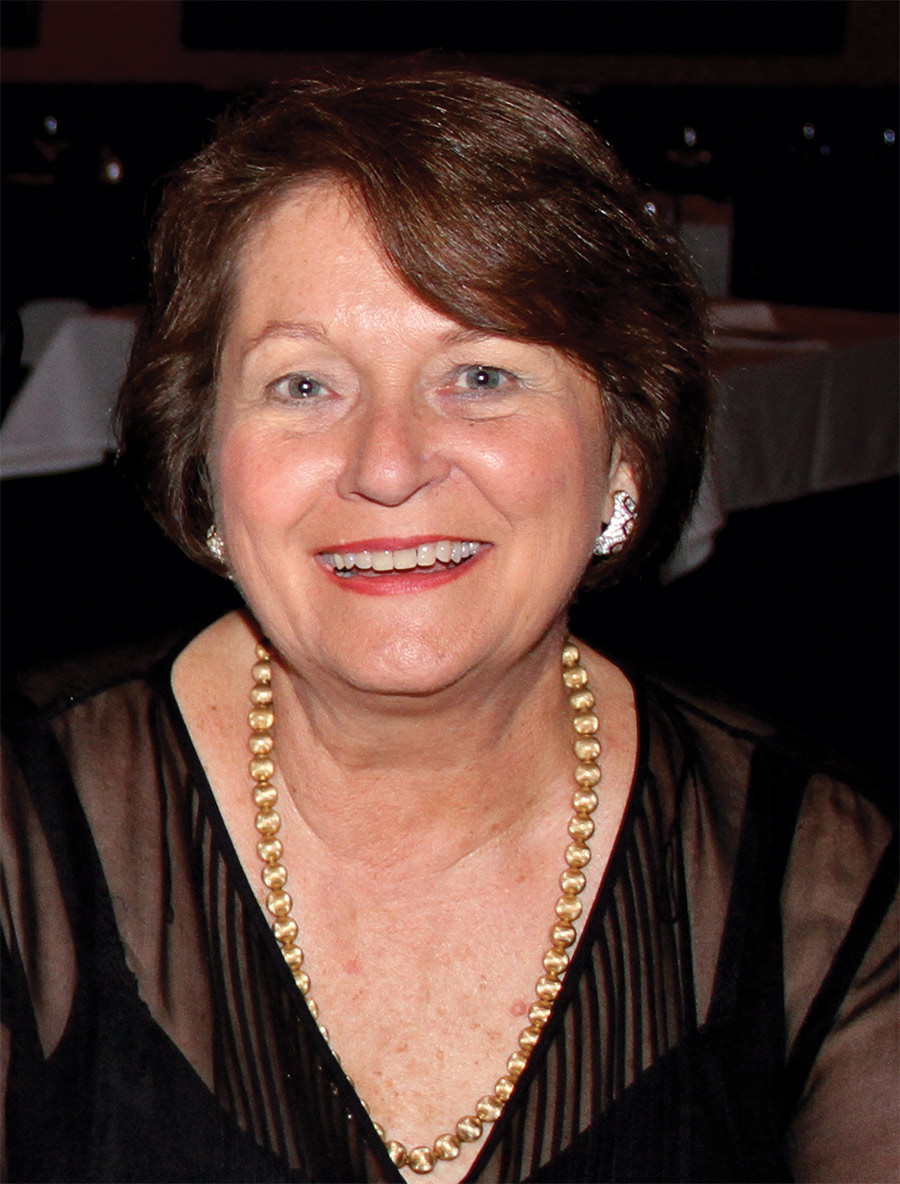
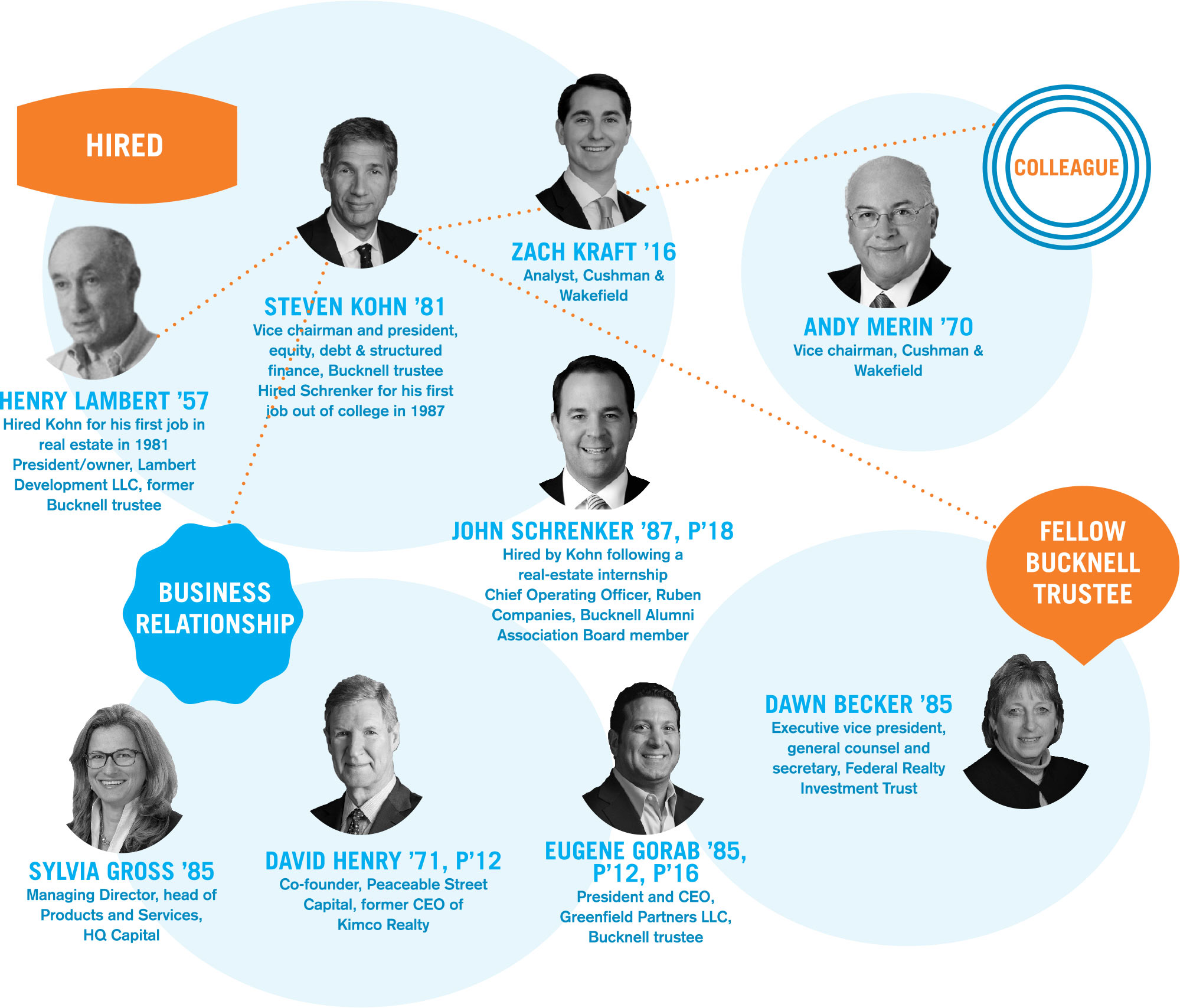
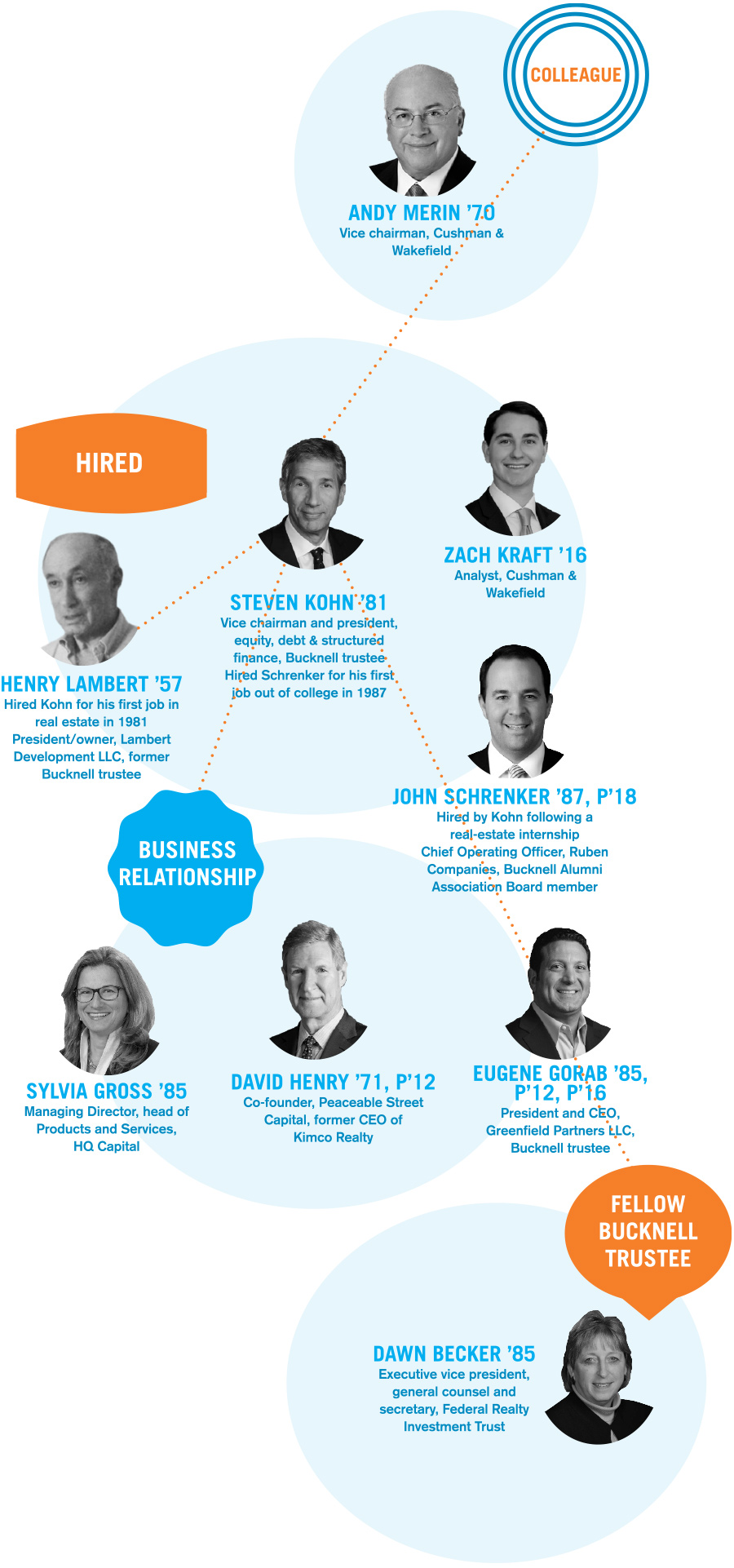
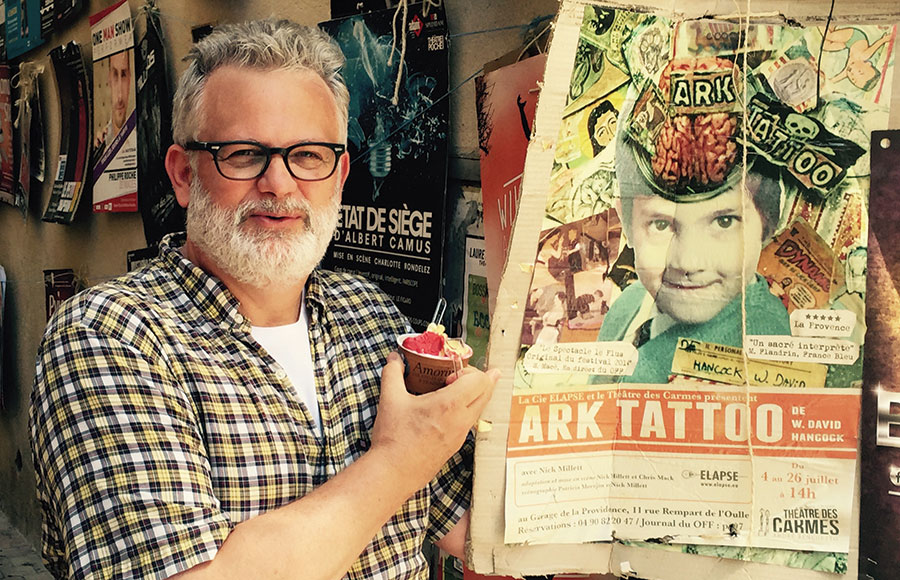
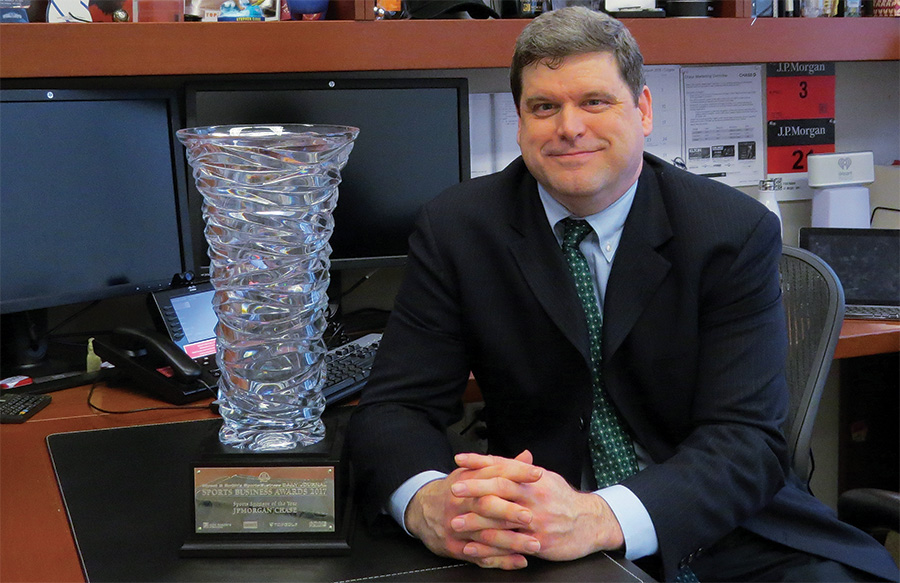
Born with cerebral palsy, Marshall had six operations as a youngster. “They enabled me to eventually walk with a pronounced gait,” he says. “My dad, Dan, was a New York City fire captain — a big man — who taught me to strive to be like everyone else. Growing up, I always saw myself as just one of the guys, part of the team.”

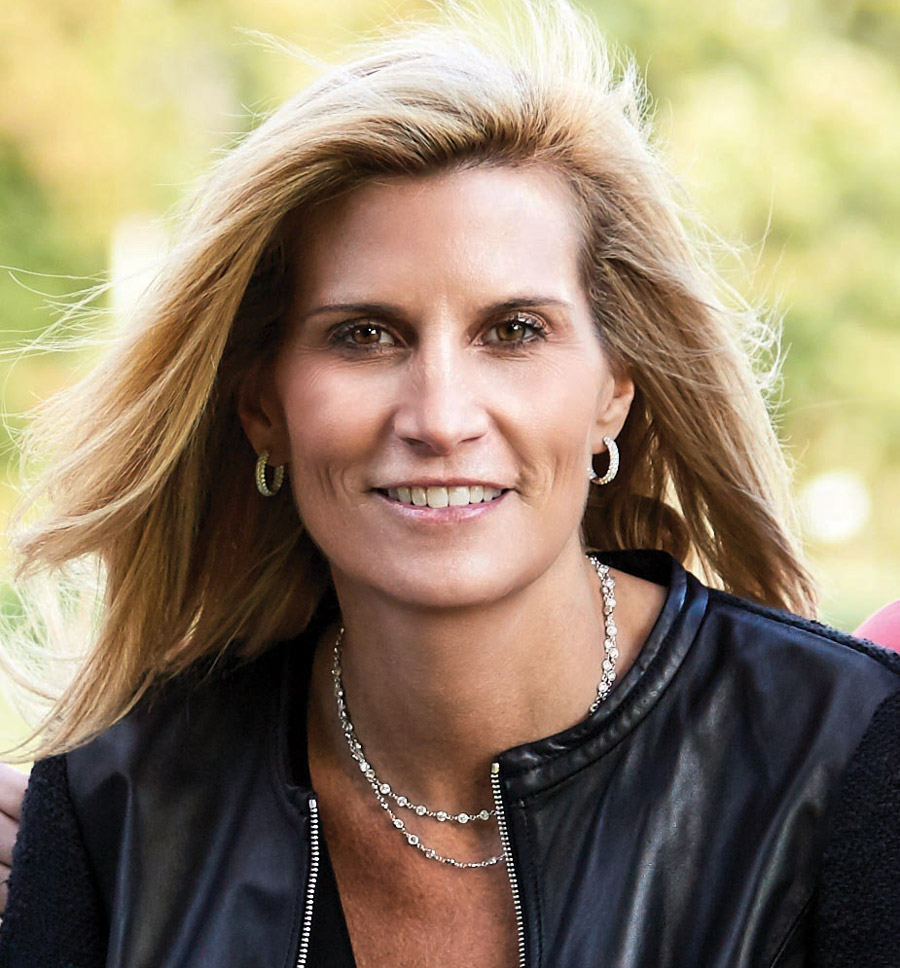
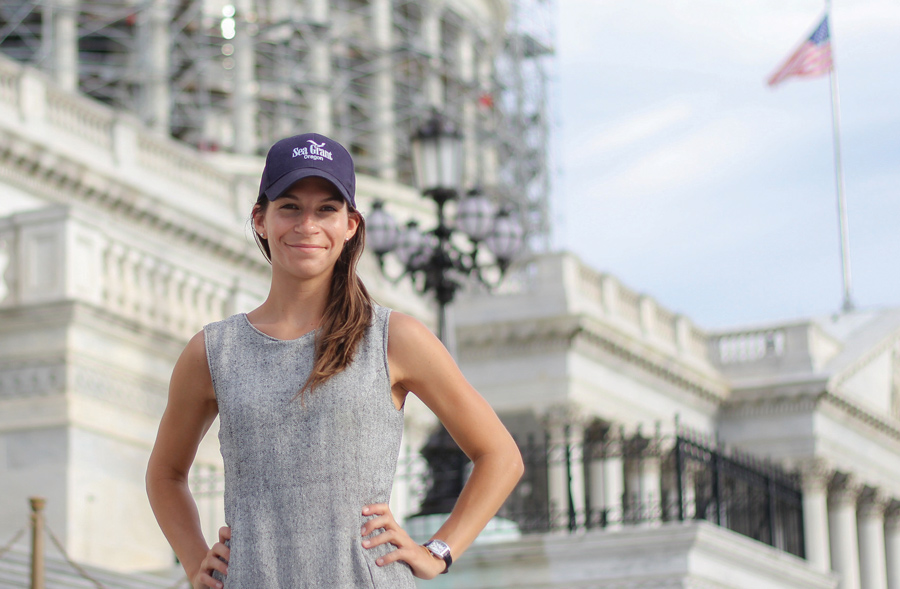
For the CRS, Lipiec studies ecosystem restoration and coastal resilience. (The National Oceanic and Atmospheric Administration estimates there are 95,471 miles of shoreline in the United States, a figure that includes the edges of lakes, bays and rivers.)



Richman, who is taking a pause from his consulting job at Deloitte to attend Columbia Business School, launched a side business selling individually wrapped, pocket-size flushable wipes through Amazon.com in November, and had already moved more than 50,000 wipes to more than 1,000 customers in the first six months.
Richman concedes his isn’t the only product of its kind on the market — flushable wipes are already a multibillion-dollar industry — but he says what sets his wipes apart is their packaging — discreet, gender-neutral and, most important, small enough to easily fit in a wallet or purse. Smart search-engine optimization has also helped him land his wipes among the top search results in the travel wipes category on Amazon — a key to his early success. He adds that the fabric in LiteWipes has been independently certified to exceed flushability guidelines to alleviate plumbing concerns.
Boston Marathon
“The weather was always somewhere between a steady rain and a deluge, in the low 40s and windy,” says Snelson. “Weather is one of those things you can’t control. My coach said to stay with packs of runners and dress for the winter.”
Snelson persevered and ran her best marathon time — two hours, 49 minutes, 50 seconds — to place 14th among women, less than 10 minutes behind the winner.
“In a couple of places there were pools and streams of water,” she says. “Once your shoes are totally soaked, it doesn’t really matter — although if you stepped in a puddle, you got a shock of cold.”
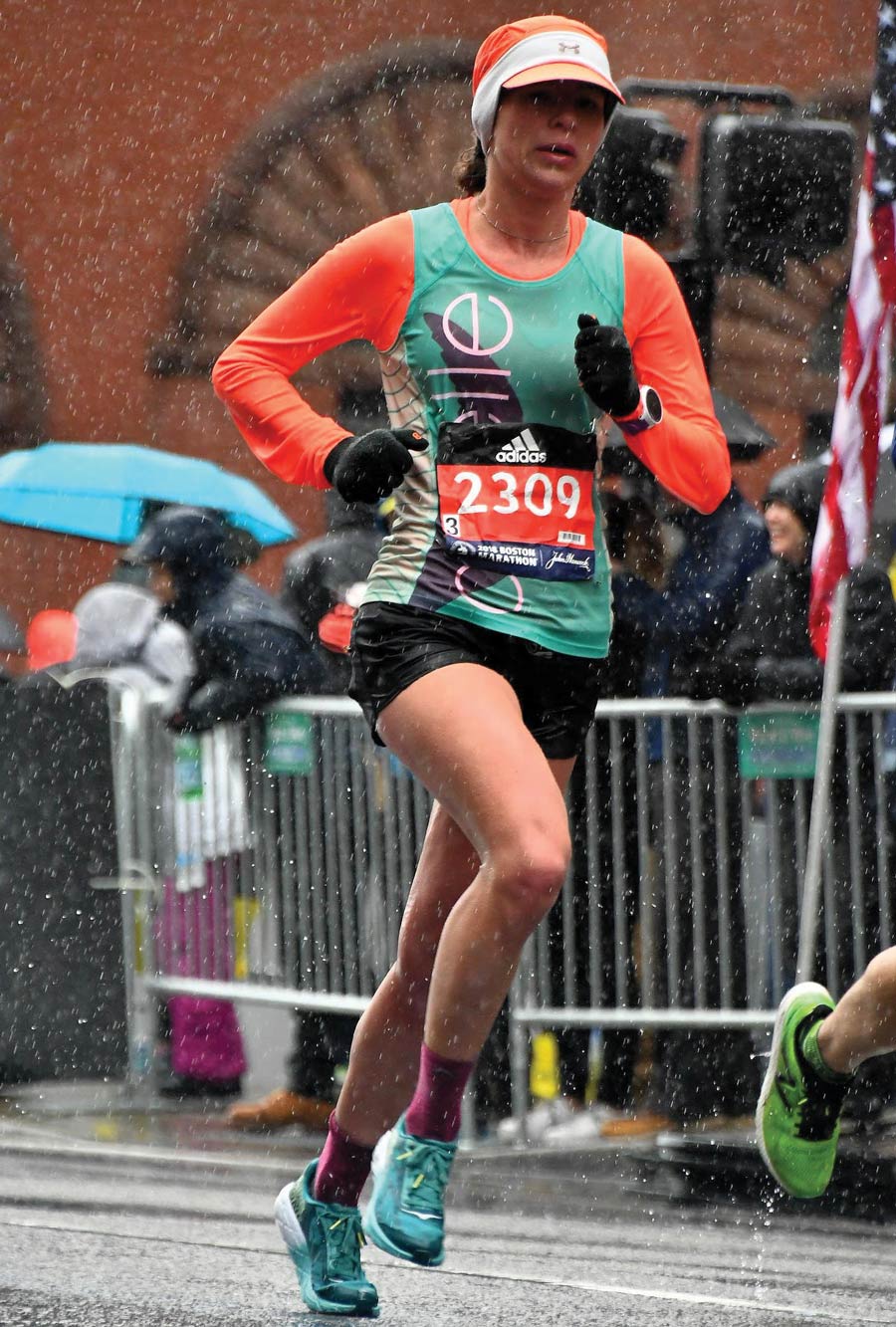

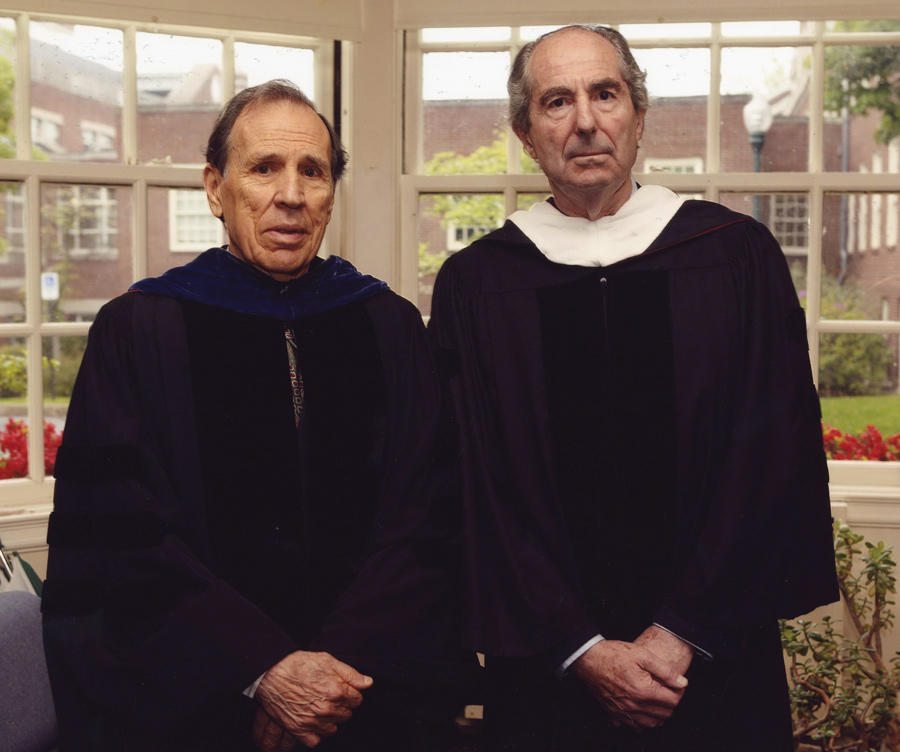
We sought out several friends of the author of Portnoy’s Complaint, American Pastoral, The Human Stain, The Plot Against America and nearly 20 other novels, for comments, including his fellow Pulitzer Prize-winner, the poet Peter Balakian ’73, P’10 who spent an afternoon talking with Roth at his Manhattan apartment last fall. “I found Philip warm and friendly — and happy to reminisce,” says Balakian. “I asked him a lot about his college days, and he said, ‘I have nothing but good feelings about Bucknell — the place did a lot for me.’
Marlin Sheridan, Sept. 2, Coldspring, Texas
Richard White, March 9, Hingham, Mass.
Charlotte Schultz Custer, Jan. 23, Springfield, Va.
Alice Fenstermacher Fegley, Jan. 22, Northumberland, Pa.
Harold Kullman P’69, G’94, March 19, Livingston, N.J.
Adair Appleton Lazell, Jan. 15, Torrance, Calif.
Marilyn West Barrick, Feb. 20, Bensalem, Pa.
William Bastian, March 11, Lycoming County, Pa.
David Kirschstein P’84, Aug. 26, 2016, Chappaqua, N.Y.
Juliet Mason Wheeler, Nov. 17, Venice, Fla.
Franklin Wolf, Jan. 23, 2017, Plant City, Fla.
Susan Reinoehl Miller P’70, March 24, 2017, Richmond, Va.
Robert Rose, March 21, 2017, Morrisville, N.C.
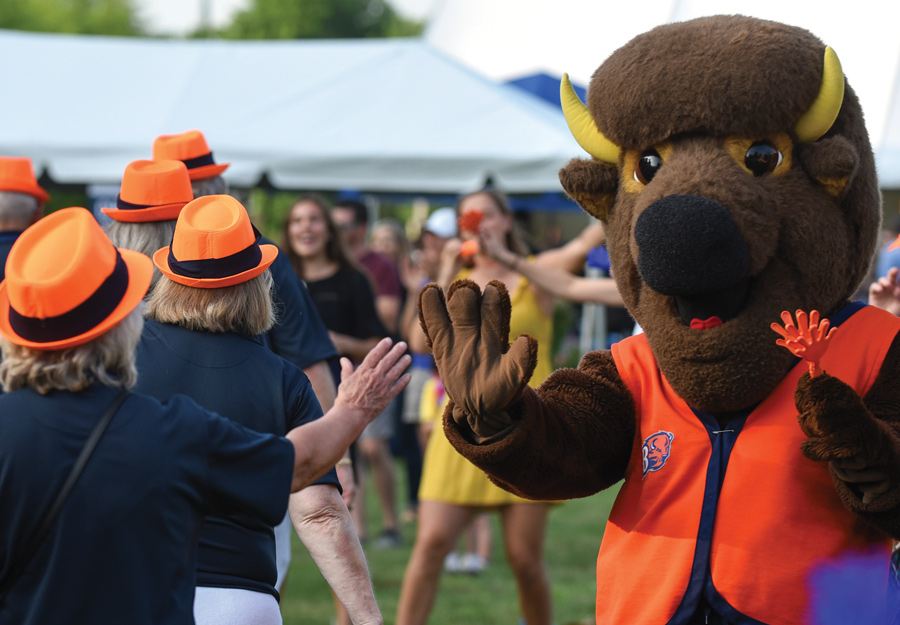

LOYALTY TO BUCKNELL AWARD
Joann Golightly Brown ’48: The 1948 Class Reporter for the last 70 years, Brown has attended every Reunion since graduation and is a perennial volunteer for her Reunion committee. She established a scholarship in memory of her late sister, Eleanor Golightly McChesney ’46, and annually attends the Scholarship Day Luncheon to meet the recipient. After graduation, Brown worked at the Newark office of the FBI, where she met her husband, Jim. In 1957 they launched the insurance agency James A. Brown Agency Inc. in Roselle Park, N.J., where she was the office manager and bookkeeper for 58 years.

 DO YOU BELIEVE IN MAGIC?
DO YOU BELIEVE IN MAGIC?

HIDEAWAY?
FOLLOW US ON FACEBOOK TO SUBMIT YOUR ANSWER
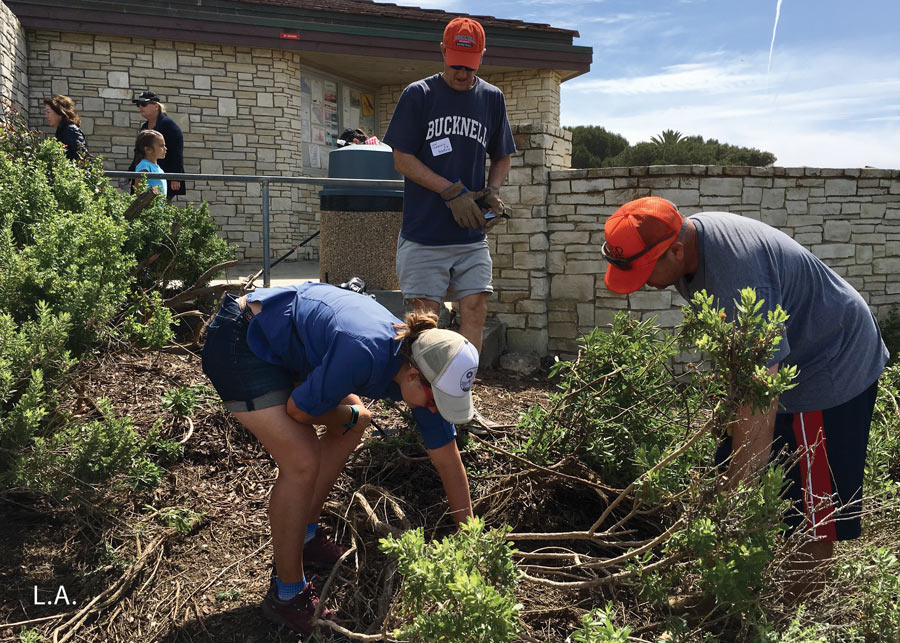


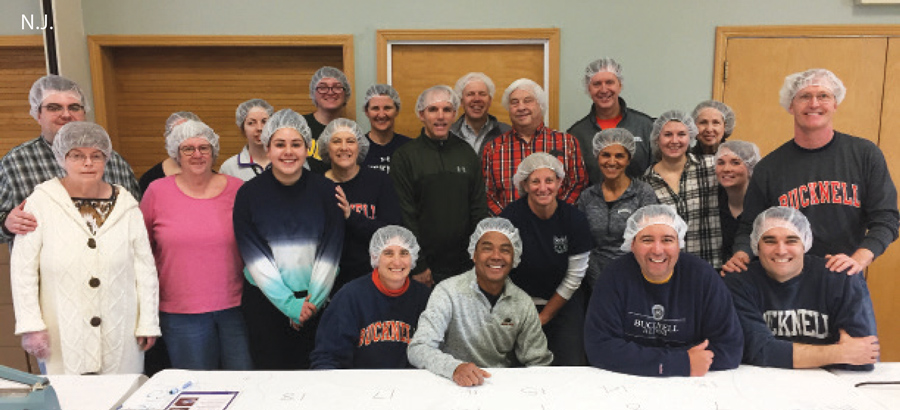


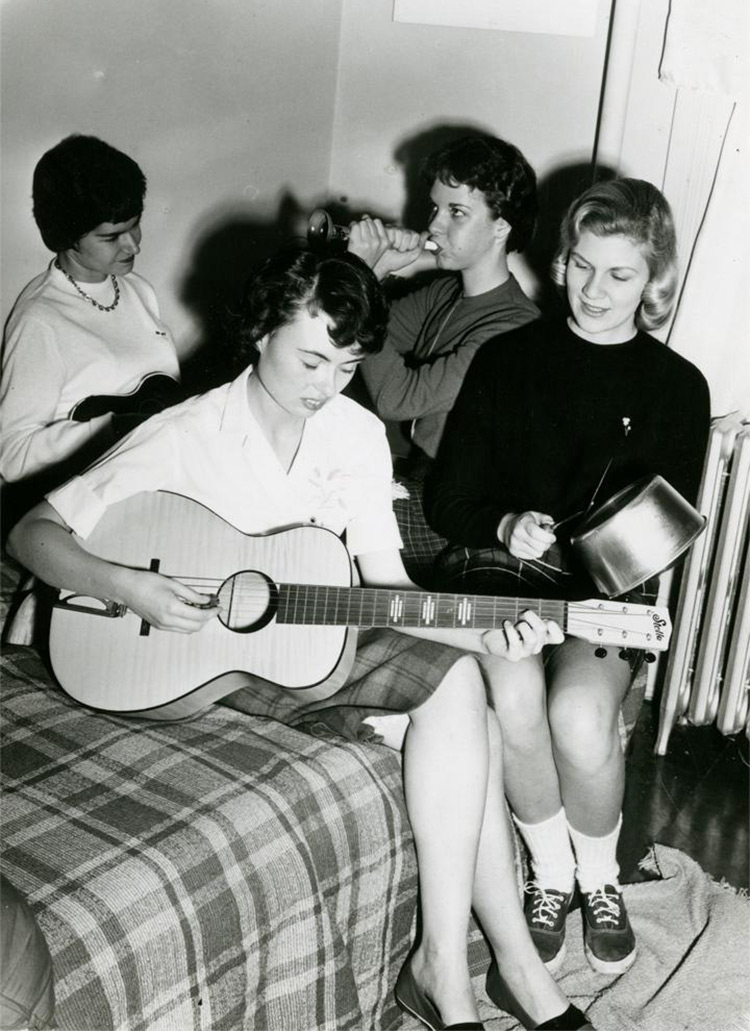

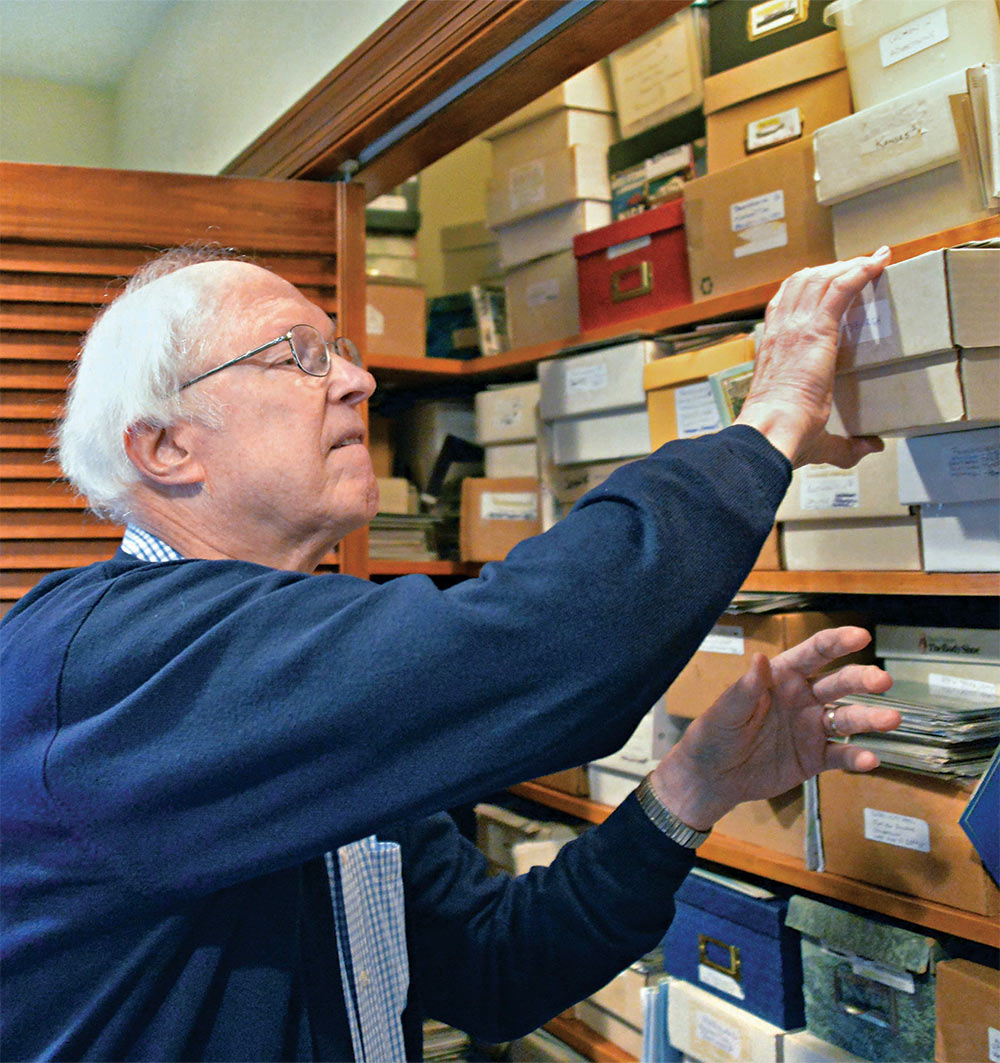
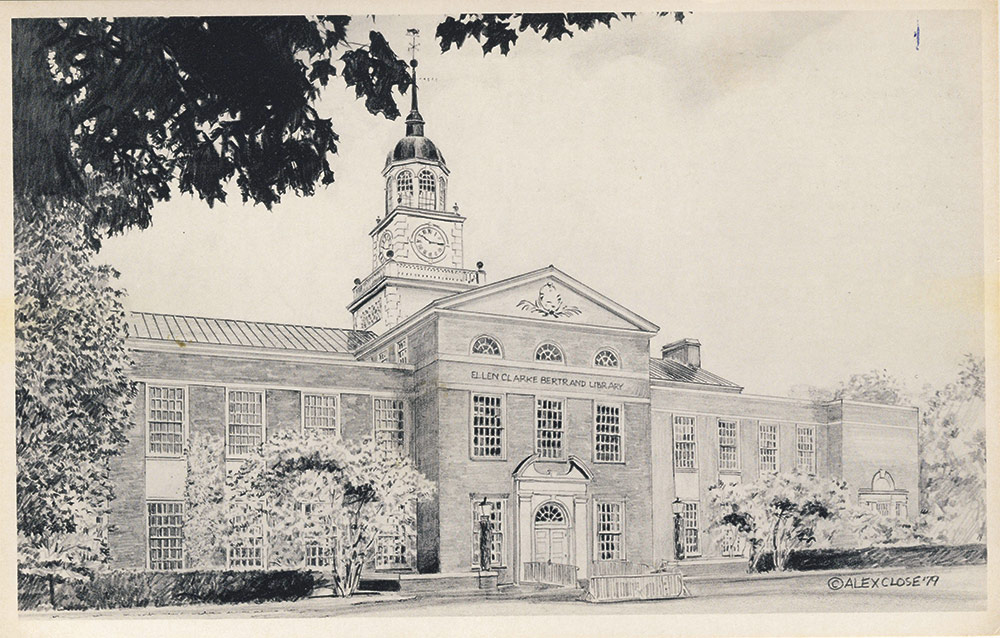


 When you’ve collected 250,000 postcards, neatly shelved in your Albany N.Y., house, it’s hard to conjure a favorite. Robert “Bob” Drew ’59, a retired administrative law judge, has been buying postcards since right after World War II, when he was 10. The deltiologist (fancy name for postcard collector) has 30 to 40 Bucknell-themed cards in his collection.
When you’ve collected 250,000 postcards, neatly shelved in your Albany N.Y., house, it’s hard to conjure a favorite. Robert “Bob” Drew ’59, a retired administrative law judge, has been buying postcards since right after World War II, when he was 10. The deltiologist (fancy name for postcard collector) has 30 to 40 Bucknell-themed cards in his collection.
I have in front of me a pen-and-ink drawing sketch by the artist Alex Close of the Ellen Clarke Bertrand Library. That’s my favorite because it’s the prettiest building on the campus. It brings back memories from the late ’50s, when there were more restrictions on the women than the guys in mid-week. Freshmen women had a 7 o’clock curfew to be back in the dorm, unless they had had a scheduled activity or if they were at the library, which was open till 10 p.m. I’d go study there, and when people were taking breaks, you could socialize.
Frank Davis ’82, P’13 (center) with wife Elena and son Michael ’13 at the dedication of Davis Hall, a building in the South Campus Apartments that was named to honor their $5 million gift. It supports diversity initiatives as well as the construction of Academic East and a new building for the Freeman College of Management. Photo by Gordon Wenzel. See more Reunion Weekend photos here.
Frank Davis ’82, P’13 (center) with wife Elena and son Michael ’13 at the dedication of Davis Hall, a building in the South Campus Apartments that was named to honor their $5 million gift. It supports diversity initiatives as well as the construction of Academic East and a new building for the Freeman College of Management. Photo by Gordon Wenzel. See more Reunion Weekend photos here.


